
In the world of optical testing and telecommunications, precision and flexibility are paramount. One tool that has revolutionized the industry is the tunable laser source. With its ability to generate light at various wavelengths, tunable laser sources have become indispensable for a wide range of applications. In this blog post, we will dive into the fascinating world of tunable laser sources, exploring their functionalities, benefits, and applications. Let’s unlock the potential of this remarkable tool together.
Understanding Tunable Laser Sources:
Tunable laser sources are devices capable of emitting light at different wavelengths within a specific spectral range. Unlike fixed-wavelength lasers, tunable lasers provide the flexibility to precisely select the desired wavelength, enabling researchers, engineers, and technicians to meet diverse testing requirements. The tuning mechanism can be achieved through various methods, including mechanical, electrical, or optical means.
Benefits of Tunable Laser Sources:
2.1 Versatility and Flexibility: The ability to tune the wavelength of the laser source offers unparalleled versatility. It allows for compatibility with a wide range of optical components, fibers, and systems, making tunable laser sources ideal for testing and characterization in diverse optical applications.
2.2 Simplified Testing Setup: With a tunable laser source, multiple fixed-wavelength lasers are no longer needed. This simplifies the testing setup, reduces equipment costs, and streamlines the testing process. Engineers and researchers can efficiently perform various measurements and experiments using a single tunable laser source.
2.3 Enhanced Accuracy: Tunable laser sources offer precise wavelength control, ensuring accurate and repeatable measurements. This level of accuracy is crucial for applications such as optical component characterization, fiber optic system testing, and wavelength division multiplexing (WDM) networks.
Applications of Tunable Laser Sources:
3.1 Optical Component Characterization: Tunable laser sources play a vital role in characterizing optical components such as filters, amplifiers, and wavelength selective switches. By precisely tuning the wavelength, engineers can analyze the performance and response of these components across different operating conditions.
3.2 Fiber Optic System Testing: In the field of fiber optic communications, tunable laser sources are indispensable for testing system performance, evaluating signal quality, and measuring parameters such as dispersion and power loss. They are crucial tools for troubleshooting, certifying, and maintaining optical networks.
3.3 Wavelength Division Multiplexing (WDM) Networks: Tunable laser sources are instrumental in testing and configuring WDM networks, which transmit multiple signals over a single optical fiber by using different wavelengths. Tunable lasers enable accurate channel assignment, monitoring, and optimization of WDM systems.
3.4 Spectroscopy and Sensing: Tunable laser sources find applications in spectroscopy, where precise control of the excitation wavelength is essential for accurate analysis of materials. They are also used in sensing applications such as gas sensing, biomedical diagnostics, and environmental monitoring.
Advancements and Future Trends:
The field of tunable laser sources continues to evolve rapidly. Recent advancements include the development of compact and portable tunable lasers, integration with advanced control and automation systems, and the incorporation of other functionalities such as polarization control and pulse shaping. As technology progresses, tunable laser sources are expected to play an increasingly crucial role in emerging fields such as quantum communications, photonic integrated circuits, and 5G optical networks.
Tunable laser sources have revolutionized optical testing and enabled significant advancements in telecommunications. Their versatility, flexibility, and precision make them indispensable tools for researchers, engineers, and technicians in various industries. Whether it is for optical component characterization, fiber optic system testing, or exploring new applications, tunable laser sources empower professionals to push the boundaries of optical technology. As we look ahead, it is evident that the future holds exciting possibilities for tunable laser sources, driving innovation and shaping the future of optical testing and beyond.
How does a Tunable Laser Source works:
Tunable laser sources are complex devices that operate on various principles to generate light at different wavelengths within a specific spectral range. The specific mechanism used for tuning the wavelength depends on the type of tunable laser source. Here, we will explore the two primary methods: mechanically tuned lasers and electronically tuned lasers.
Mechanically Tuned Lasers:
Mechanically tuned lasers rely on physical movement or adjustment of components to change the resonant frequency and, consequently, the output wavelength. This movement alters the effective length of the laser cavity, affecting the lasing mode and the resulting wavelength.
a. External Cavity Lasers (ECL): In an external cavity laser, the laser diode is coupled to an external cavity that contains a movable mirror. By adjusting the position of the mirror, the optical path length within the cavity changes, leading to a change in the lasing wavelength. This mechanism allows precise control over the output wavelength.
b. Grating-Tuned Lasers: Grating-tuned lasers use a diffraction grating as the wavelength-selective element. The grating is mechanically rotated, which changes the angle of diffraction for different wavelengths. As the angle changes, the wavelength that experiences feedback within the laser cavity also changes, resulting in a tunable output.
Electronically Tuned Lasers:
Electronically tuned lasers use electrical control signals to adjust the output wavelength. These lasers typically incorporate electro-optic or electro-absorption elements that respond to electrical signals and induce a change in the refractive index or absorption characteristics of the laser medium.
a. Distributed Bragg Reflector (DBR) Lasers: DBR lasers consist of a gain section and two Bragg grating sections. By applying a current or voltage to one of the grating sections, the effective refractive index of the laser cavity changes, altering the lasing wavelength. This electrical tuning mechanism allows for precise control over the output wavelength.
b. Vertical Cavity Surface Emitting Lasers (VCSELs): VCSELs are electronically tunable lasers that utilize current injection to control the output wavelength. By varying the injection current, the effective refractive index of the cavity can be modified, resulting in a change in the lasing wavelength.
It’s important to note that there are other types of tunable laser sources, such as acousto-optic tunable filters (AOTFs) and liquid crystal tunable filters (LCTFs). These devices use different principles, such as acoustic waves or liquid crystal alignment, to control the transmitted wavelength.
In all tunable laser sources, precise control over the output wavelength is achieved by carefully adjusting the tuning mechanism. This control is crucial for applications that require specific wavelengths for testing, research, or communication purposes.
How to choose the right Laser Source:
Choosing the right laser for your specific application requires careful consideration of several key factors. Here are some important factors to consider when selecting a laser:
Wavelength:
The wavelength of the laser is critical as it determines the interaction of light with different materials and processes. Consider the requirements of your application and ensure that the laser wavelength aligns with the desired functionality and objectives. Different wavelengths are suitable for various applications such as materials processing, scientific research, telecommunications, and medical procedures.
Power Output:
Determine the required power output for your application. It depends on factors such as the desired intensity of the laser beam, the distance over which the laser needs to travel, and the intended purpose. Higher power lasers are often used for cutting, welding, or engraving, while lower power lasers are suitable for tasks such as alignment, sensing, or microscopy.
Beam Quality:
The beam quality of a laser refers to its spatial and temporal characteristics, including the beam diameter, divergence, and beam profile. Depending on your application, you may require a laser with a tight, focused beam or a broad, collimated beam. Consider the beam quality requirements of your application to ensure optimal performance.
Pulse Duration and Repetition Rate (if applicable):
If your application involves pulsed laser operation, the pulse duration and repetition rate become crucial parameters. The pulse duration determines the temporal characteristics of the laser pulse, while the repetition rate refers to the number of pulses emitted per unit of time. These parameters are important for applications such as laser marking, laser micromachining, or time-resolved spectroscopy.
Laser Stability and Reliability:
Assess the stability and reliability of the laser. Consider factors such as the manufacturer’s reputation, laser quality, and the expected lifespan of the laser. High-quality lasers from reputable manufacturers tend to offer better stability, reliability, and longer operational lifetimes.
Calibration Data:
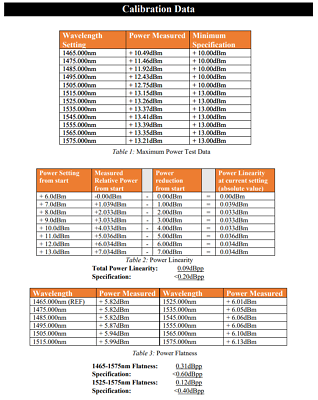
Cooling and Power Requirements:
Evaluate the cooling and power requirements of the laser. Some lasers require active cooling systems, while others may operate efficiently with passive cooling. Ensure that you have the necessary infrastructure to support the laser, including power supply, cooling equipment, and any additional control systems.
Cost:
Consider the budgetary constraints for your laser purchase. Laser prices can vary significantly depending on factors such as wavelength, power, beam quality, and specialized features. It’s important to strike a balance between your requirements and budget to select a laser that offers the best value for your specific application.
Safety:
Safety should be a top priority when selecting a laser. Determine the laser safety requirements for your application and ensure that the laser complies with the necessary safety regulations and standards. Consider factors such as laser classification, required safety interlocks, and the availability of protective measures like laser safety goggles.
Technical Support and Service:
Evaluate the technical support and service offered by the laser manufacturer or supplier. Consider factors such as warranty coverage, customer support, and availability of spare parts. Reliable technical support can be invaluable in ensuring the smooth operation and maintenance of your laser system.
Compatibility and Integration:
If you plan to integrate the laser into an existing system or setup, consider its compatibility with other components or instruments. Ensure that the laser’s interface, control mechanisms, and communication protocols align with your system requirements.
Buy calibrated, used or new Laser Source from your trusted partner Wyoming Electronics Inc.
What are the types of Lasers :
There are several different types of tunable lasers available, each with its own operating principle and characteristics. Here are some commonly used types of tunable lasers:
Distributed Feedback (DFB) Lasers:
DFB lasers are semiconductor lasers that consist of a grating structure within the laser cavity. The grating provides wavelength-selective feedback, allowing for single-mode operation at a specific wavelength. By varying the grating period or temperature, the lasing wavelength can be tuned within a limited range.
External Cavity Lasers (ECL):
External cavity lasers utilize an external cavity that contains a wavelength-selective element, such as a diffraction grating or a tunable filter. The external cavity provides wavelength control, allowing for wide tunability ranges. ECLs can achieve high output power and narrow linewidths, making them suitable for precision applications.
Vertical Cavity Surface Emitting Lasers (VCSELs):
VCSELs are semiconductor lasers that emit light vertically from the surface of the device. They often incorporate a movable mirror or a tunable filter within the cavity to achieve tunability. VCSELs are known for their low power consumption, compact size, and ease of integration, making them suitable for applications such as data communications and sensing.
Quantum Cascade Lasers (QCLs):
QCLs are semiconductor lasers that operate based on intersubband transitions in quantum wells. They are typically used in the mid-infrared region and offer broad tunability by adjusting the composition of the quantum wells. QCLs find applications in spectroscopy, gas sensing, and defense-related technologies.
Ti:Sapphire Lasers: Ti:
Sapphire lasers are solid-state lasers that use a titanium-doped sapphire crystal as the gain medium. These lasers can provide broad tunability in the visible and near-infrared spectral range, making them popular in scientific research, microscopy, and ultrafast laser applications.
Raman Lasers:
Raman lasers utilize stimulated Raman scattering to achieve tunability. They require a primary laser source to pump a nonlinear medium, which generates a Stokes-shifted output at a different wavelength. By tuning the pump laser or adjusting the properties of the nonlinear medium, the output wavelength can be tuned.
Fiber Lasers with Tunable Filters:
Fiber lasers can be combined with tunable filters, such as fiber Bragg gratings or acousto-optic devices, to achieve tunability. These lasers offer excellent beam quality, high power, and a wide tuning range. They are widely used in telecommunications, materials processing, and scientific research.
Quantum Dot Lasers:
Quantum dot lasers utilize quantum dots as the active medium. These semiconductor lasers offer broad tunability due to their unique energy level structure. They can operate across a wide wavelength range, including the infrared and visible regions.

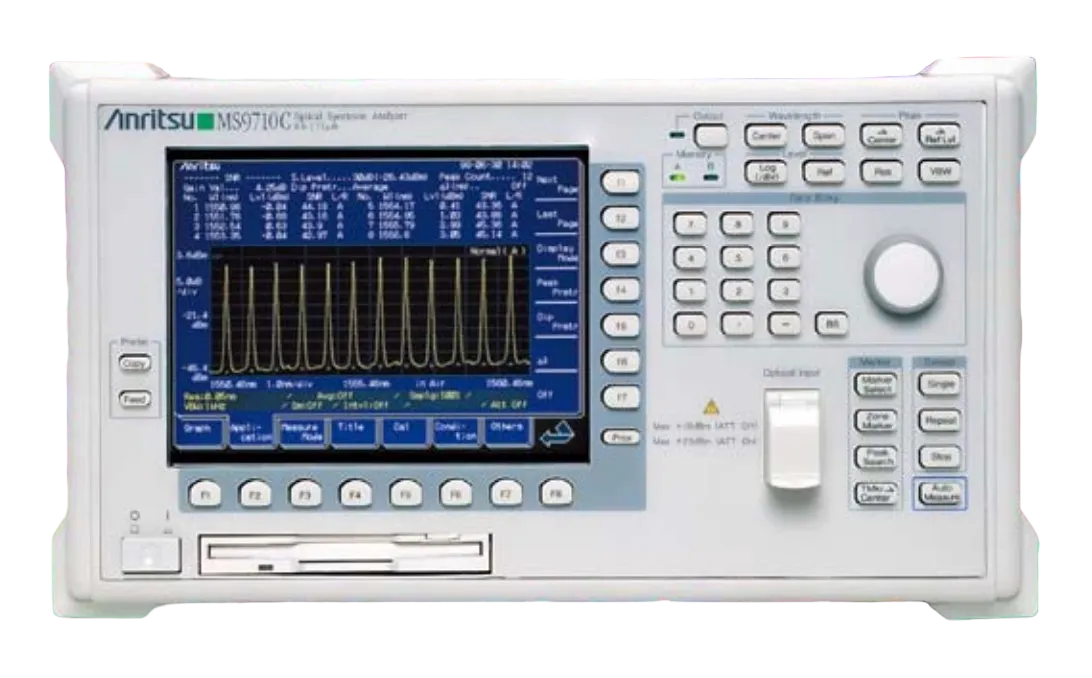 Spectrum Analyzers
Spectrum Analyzers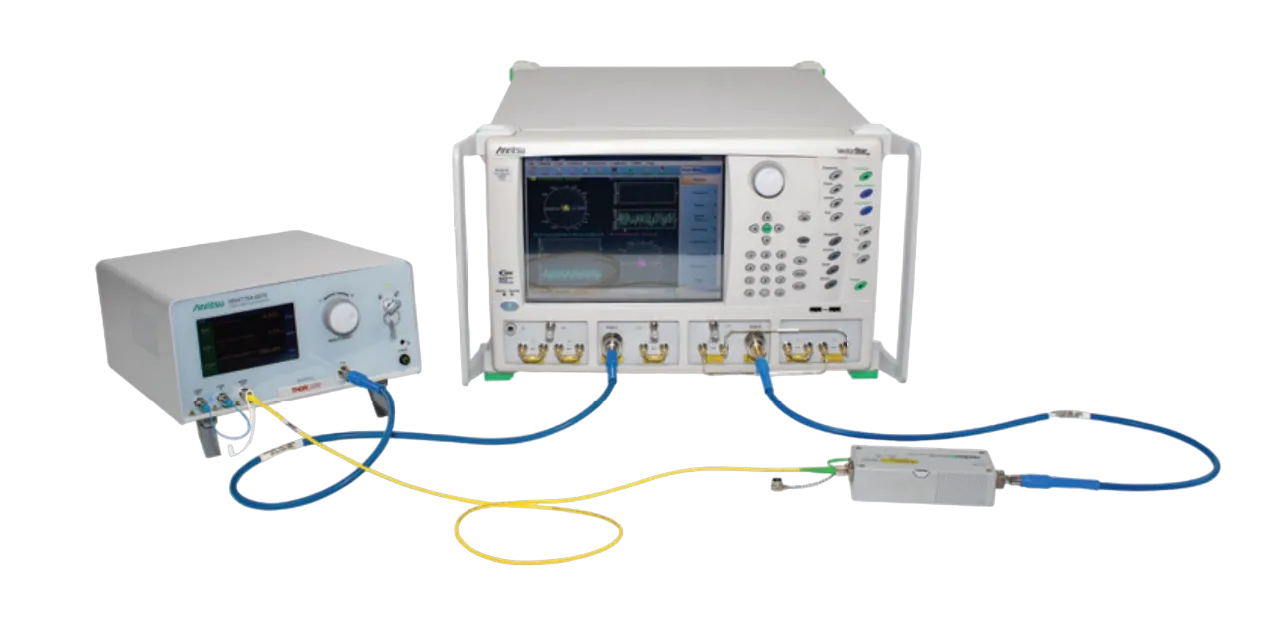 Network Analyzers
Network Analyzers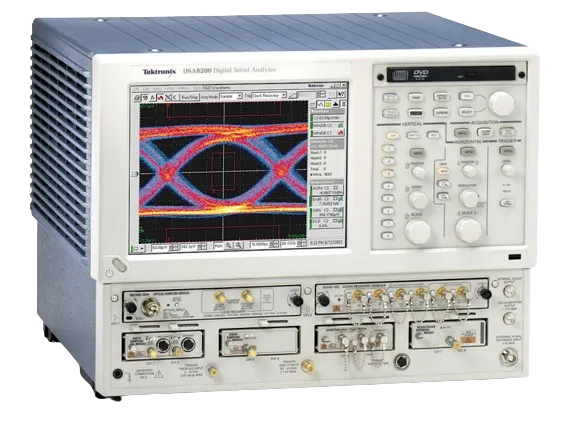 Signal Analyzers
Signal Analyzers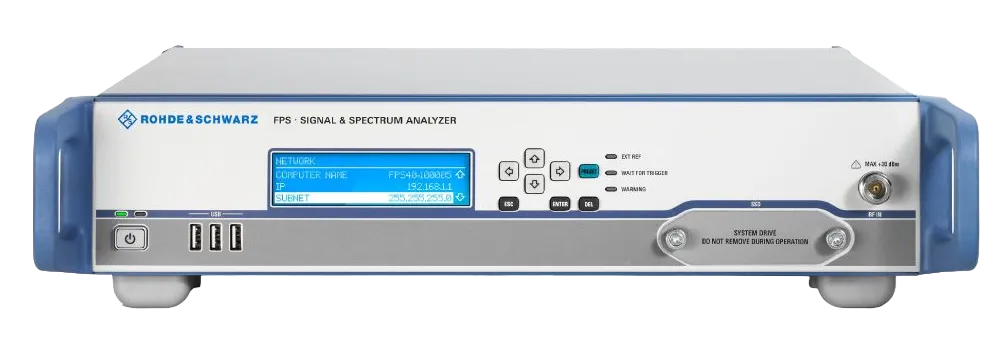 Logic Analyzers
Logic Analyzers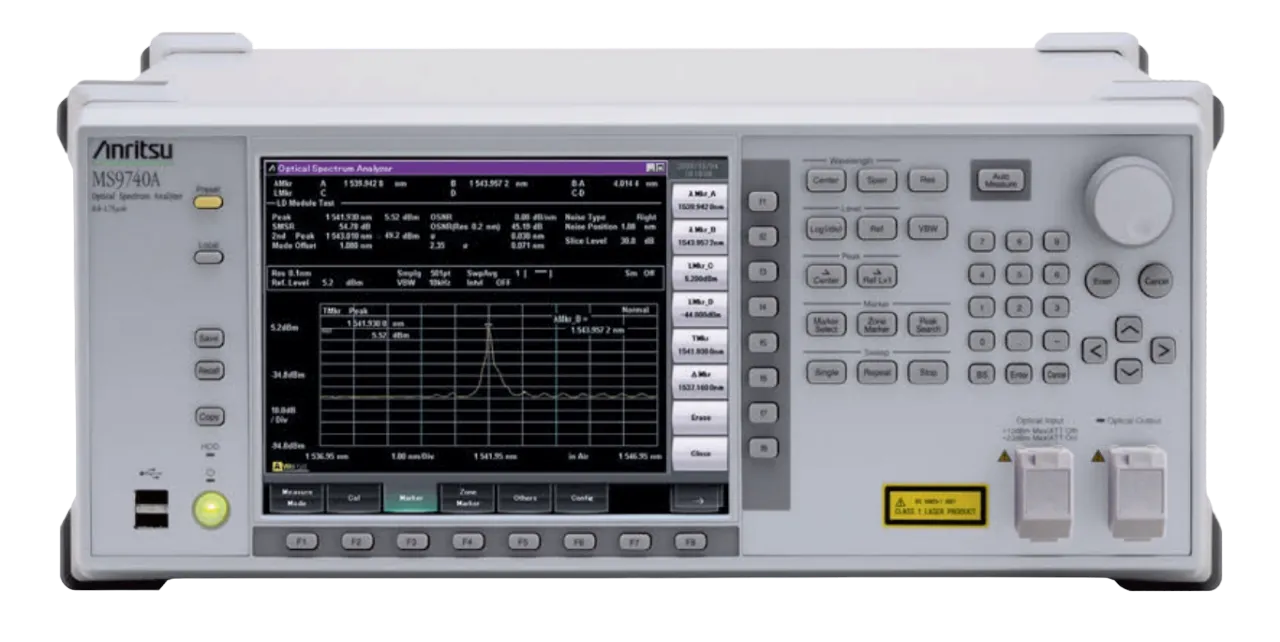 Optical Spectrum Analyzers
Optical Spectrum Analyzers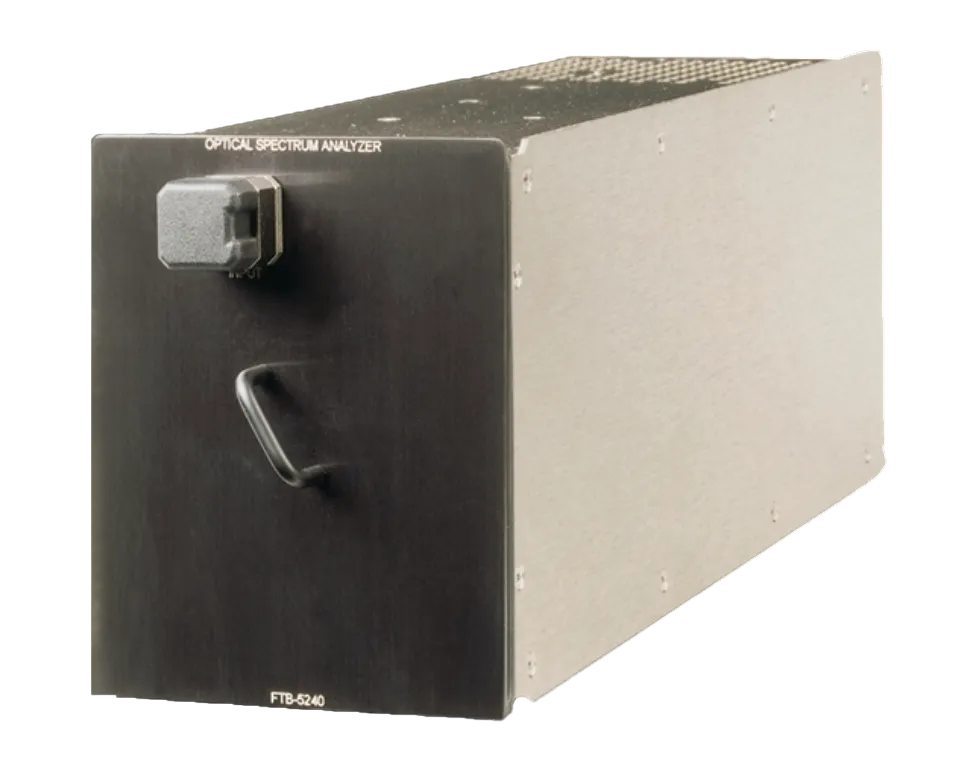 Other Analyzers
Other Analyzers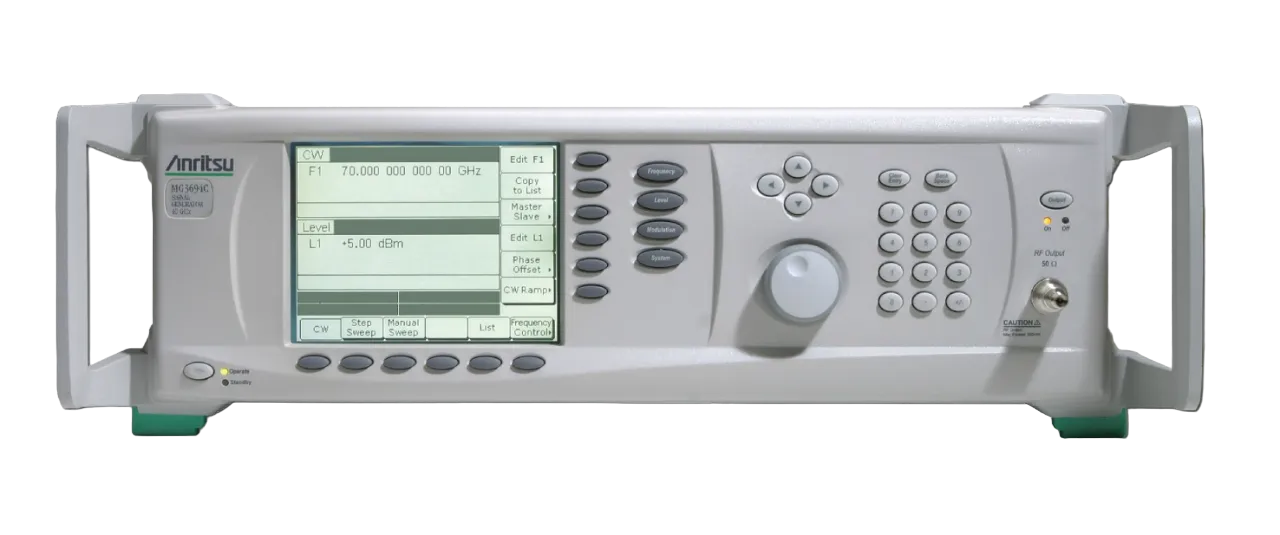 Signal Generator
Signal Generator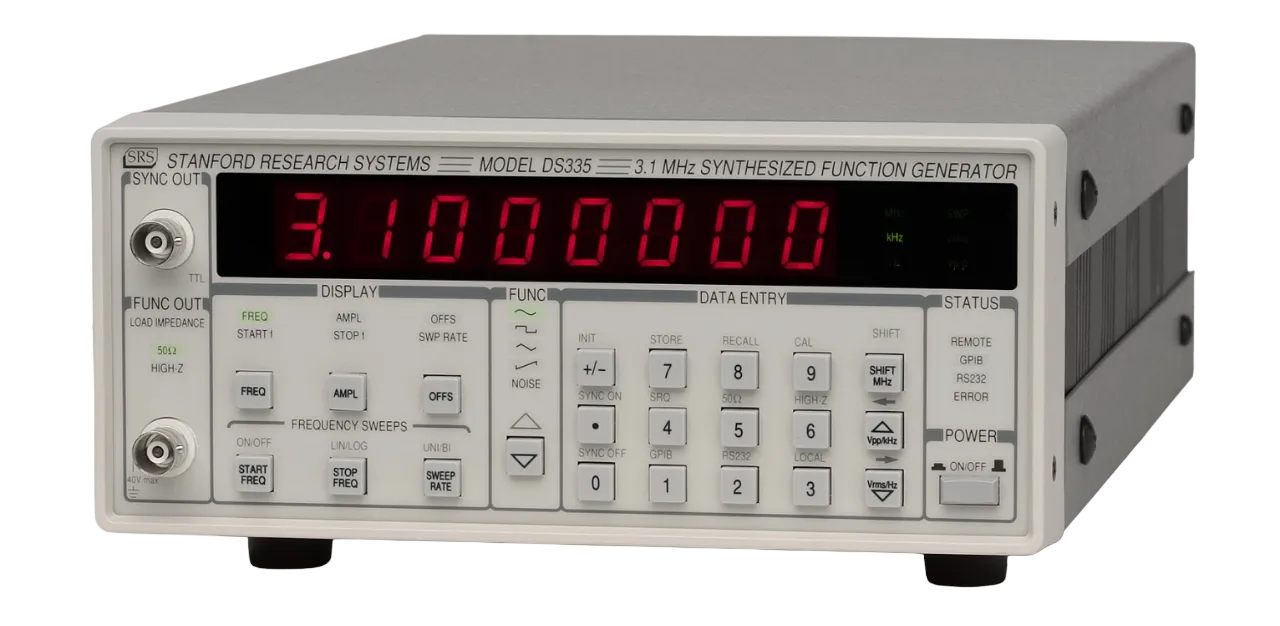 Function Generator
Function Generator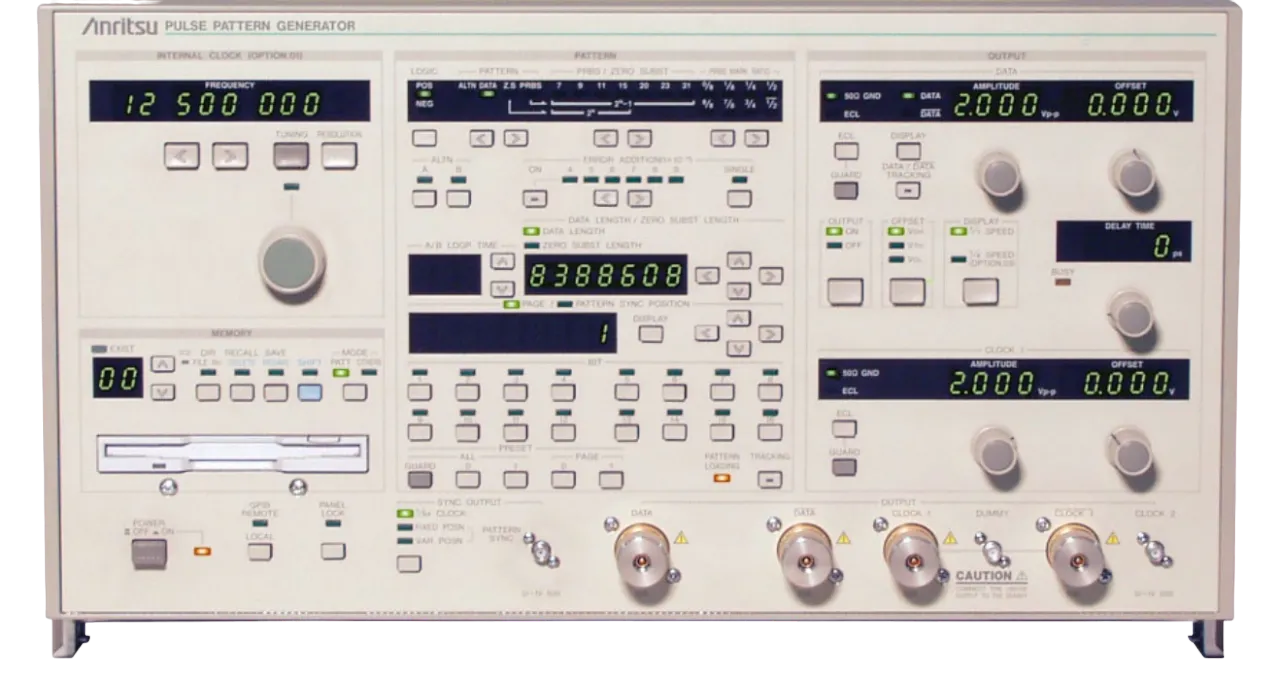 Pulse / Pattern Generator
Pulse / Pattern Generator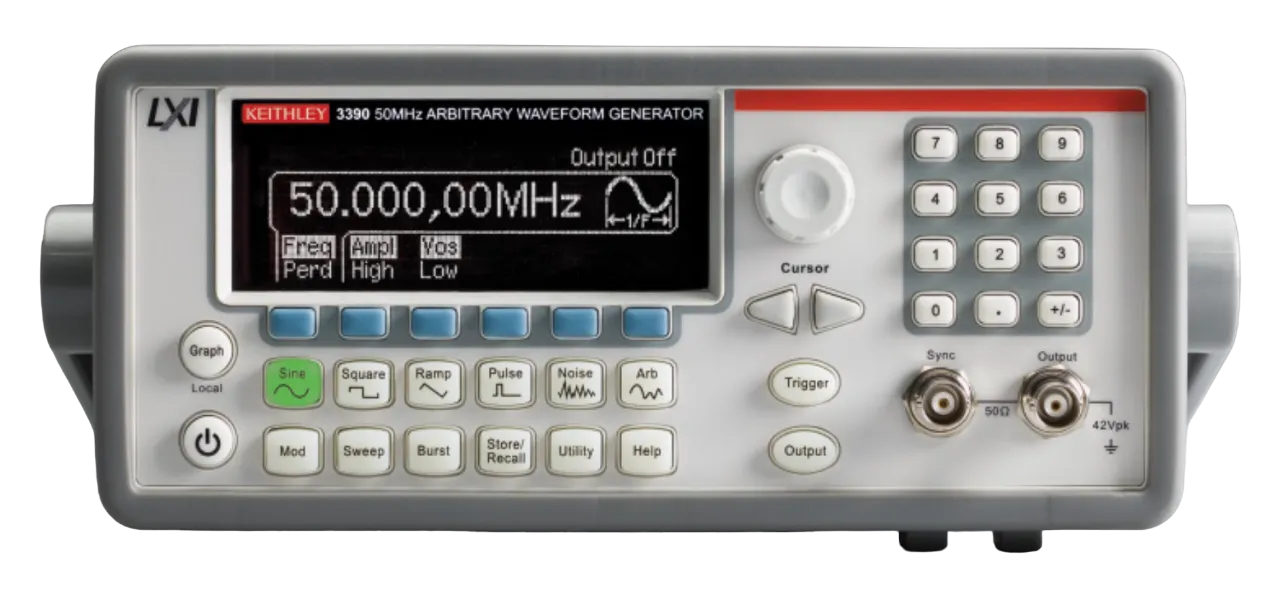 Waveform Generator
Waveform Generator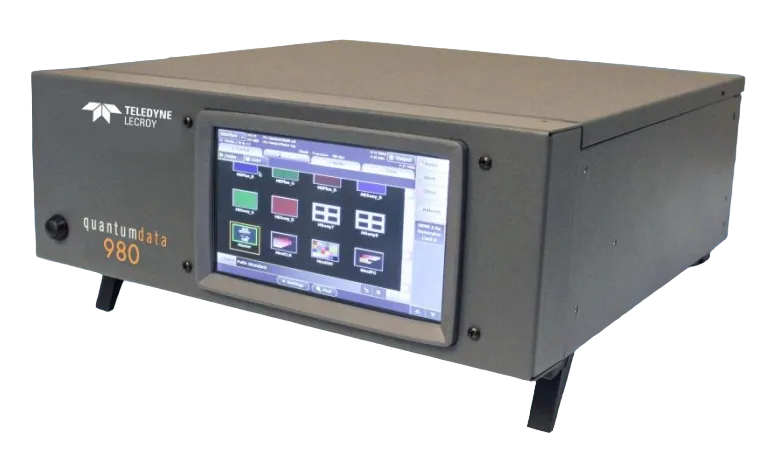 Other Generators
Other Generators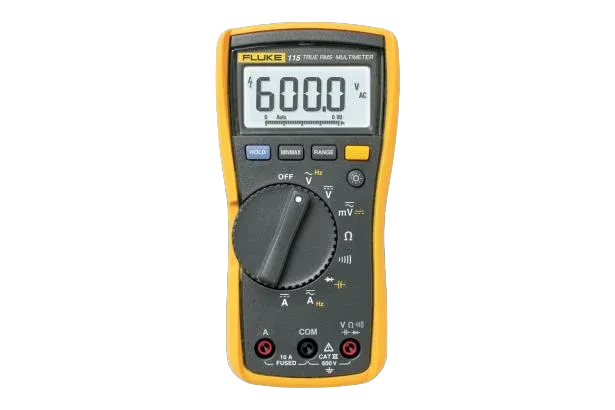 Digital Multimeter
Digital Multimeter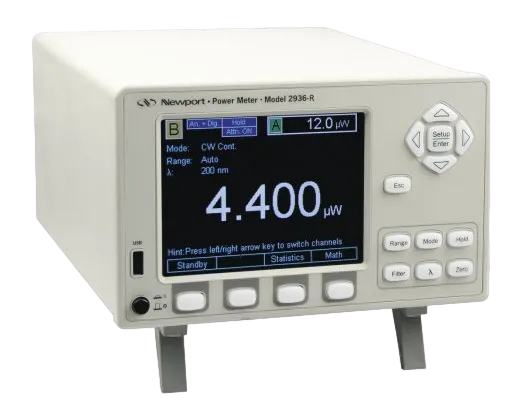 Power Meter
Power Meter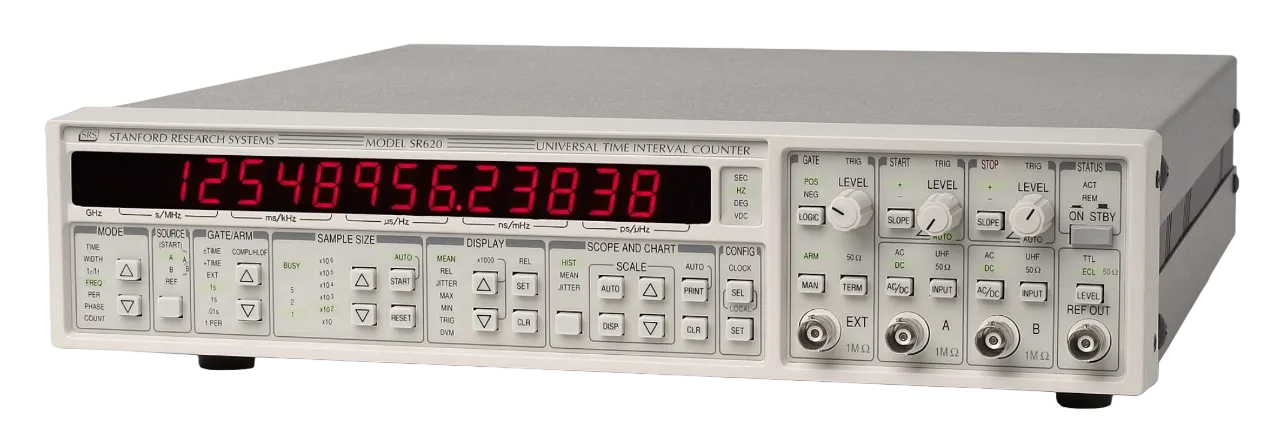 Frequency Counters
Frequency Counters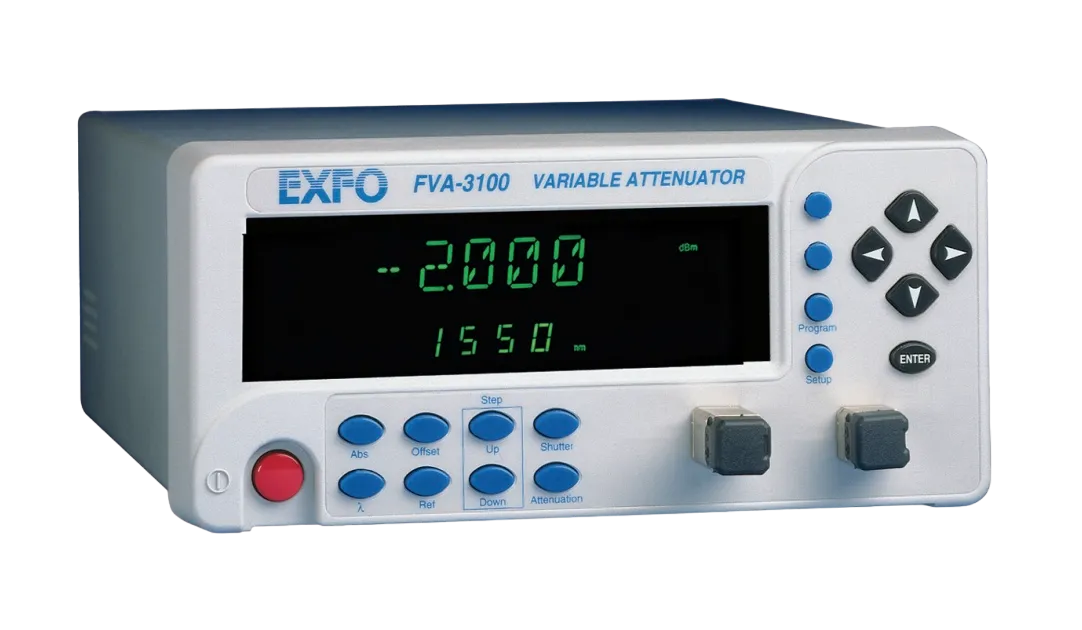 Optical Power Meter
Optical Power Meter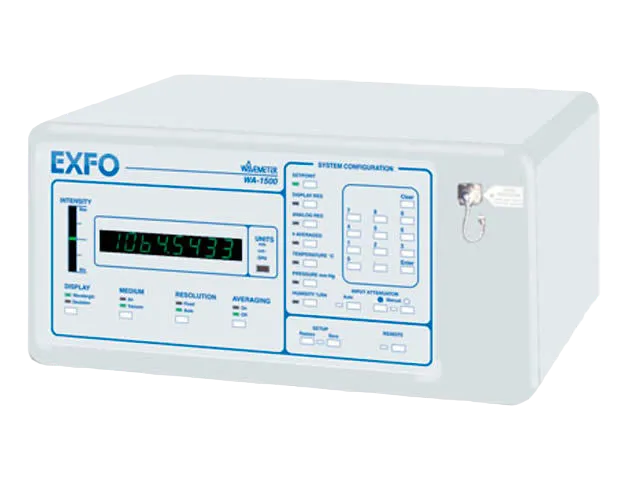 Wavelength Meter
Wavelength Meter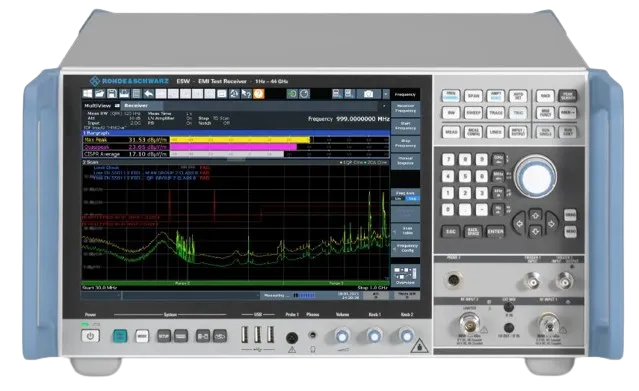 Receiver
Receiver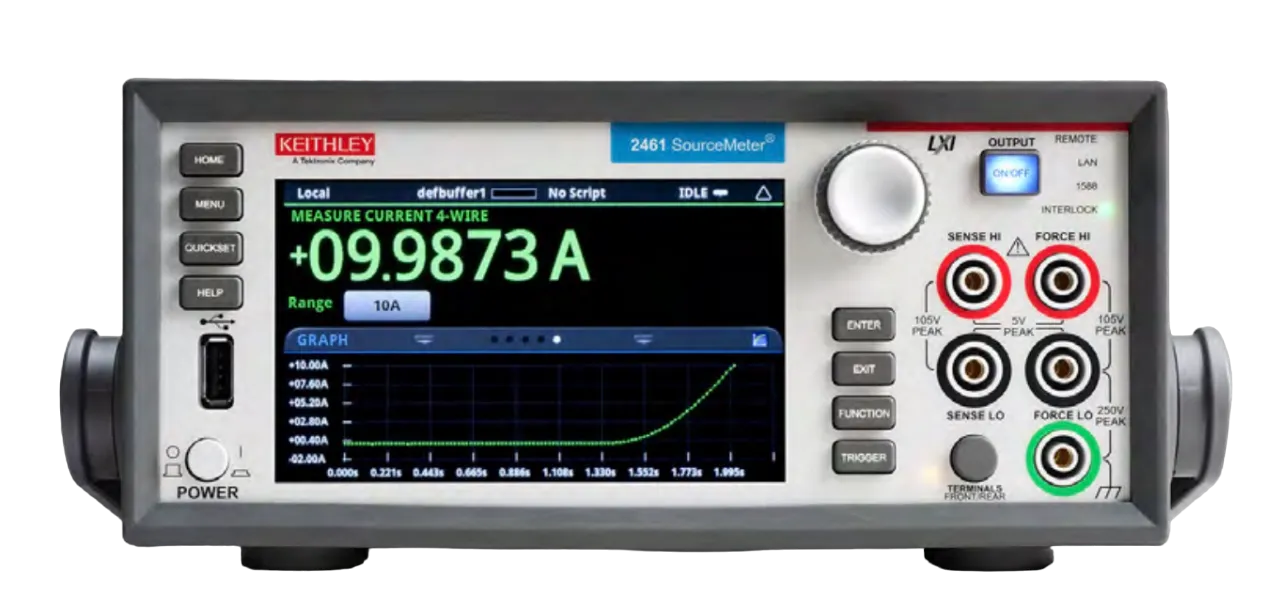 Current/Power Source Meter
Current/Power Source Meter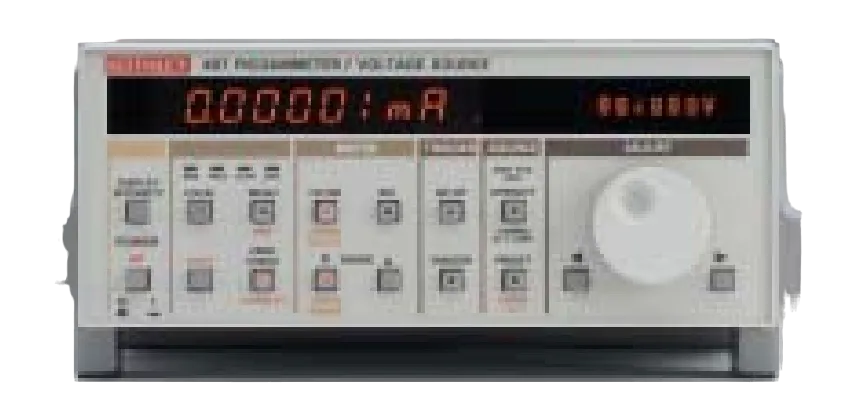 Picoammeter
Picoammeter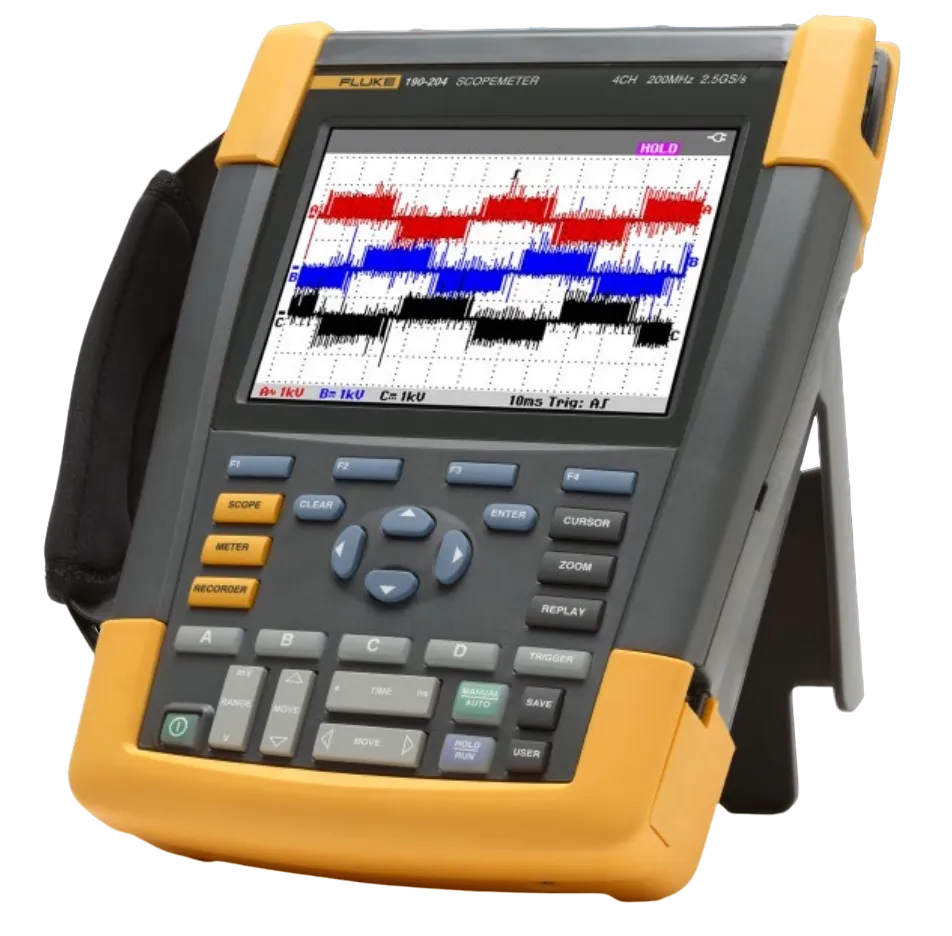 Other Meters
Other Meters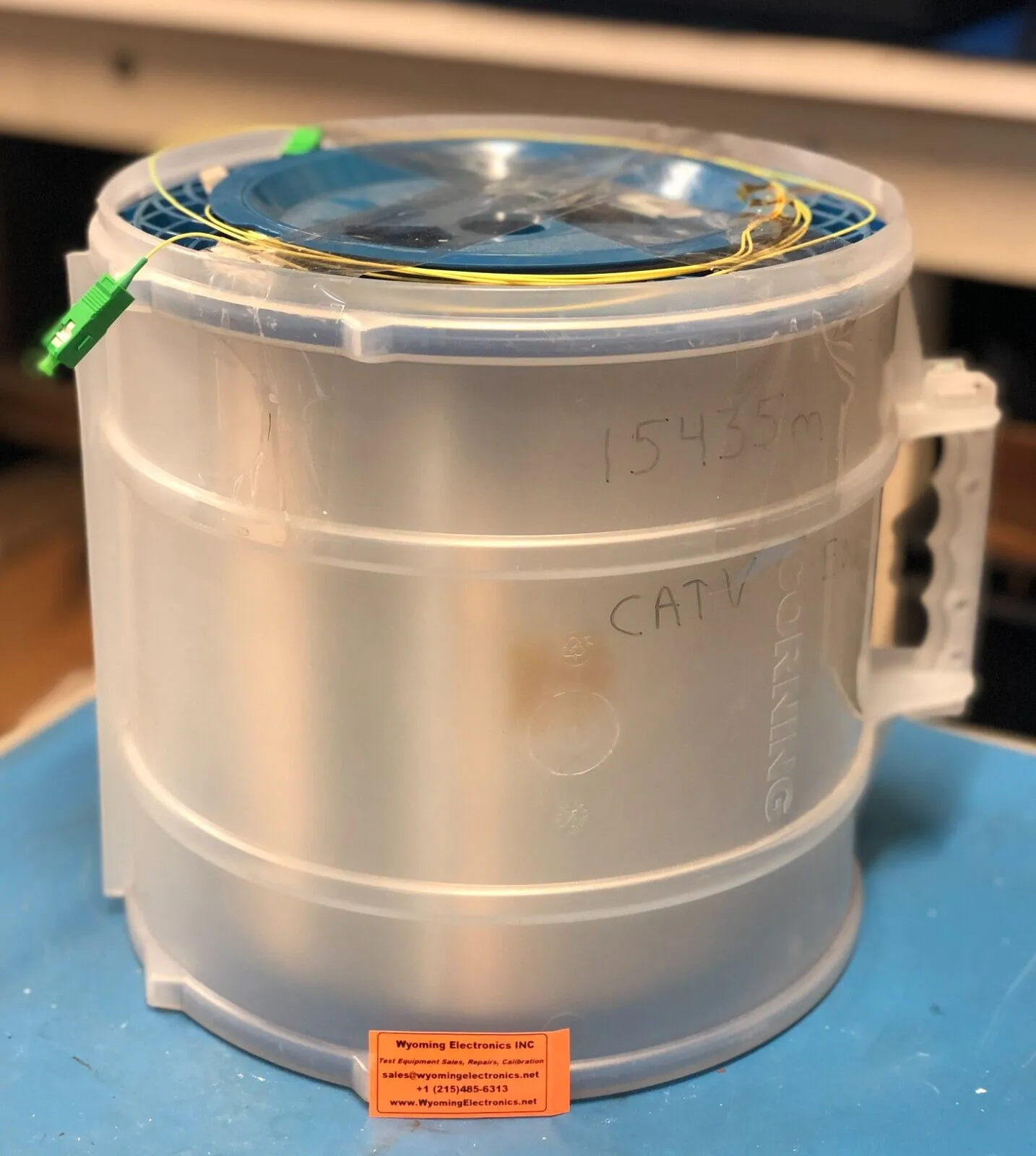 Optical Fiber
Optical Fiber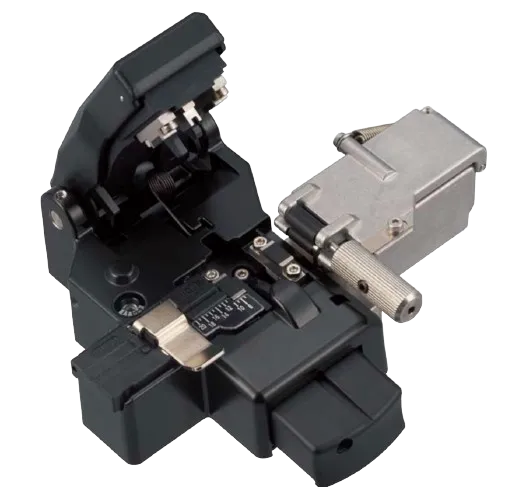 Fiber Cleaver
Fiber Cleaver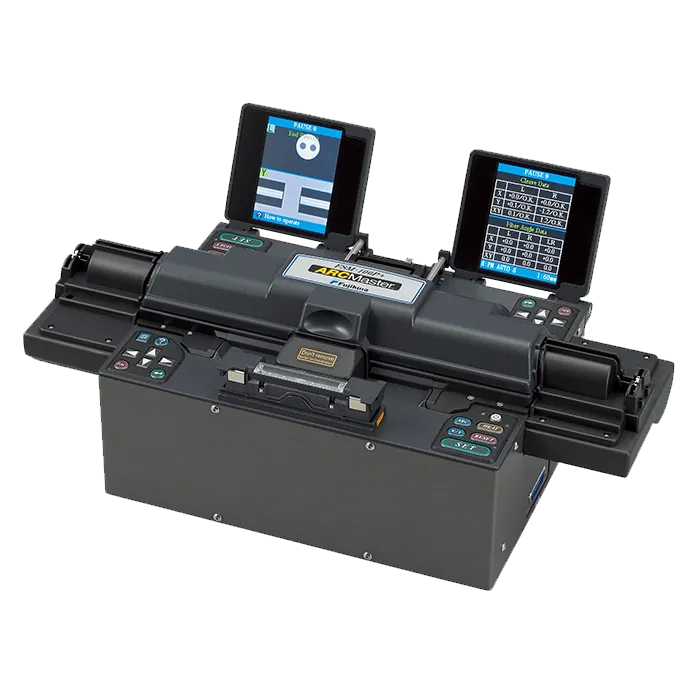 Fusion Splicer
Fusion Splicer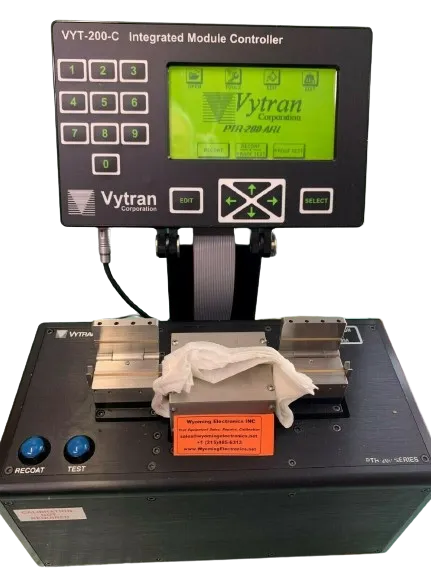 Fiber Recoater
Fiber Recoater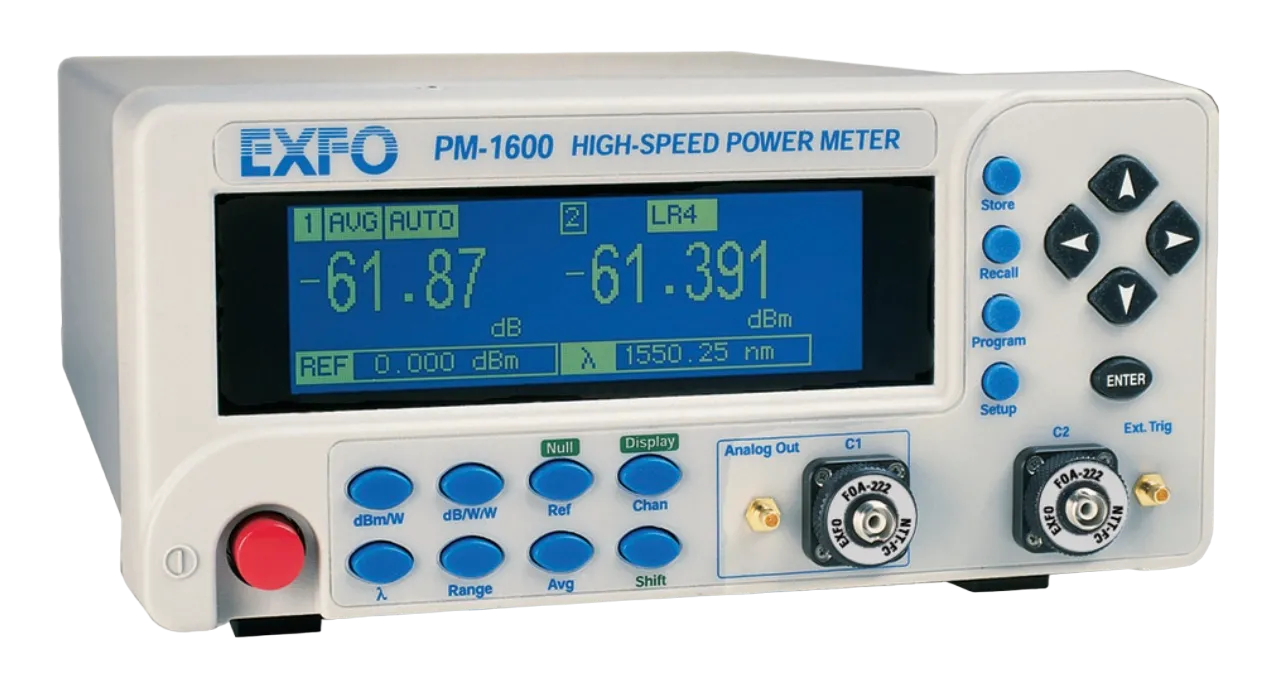 Optical Attenuator
Optical Attenuator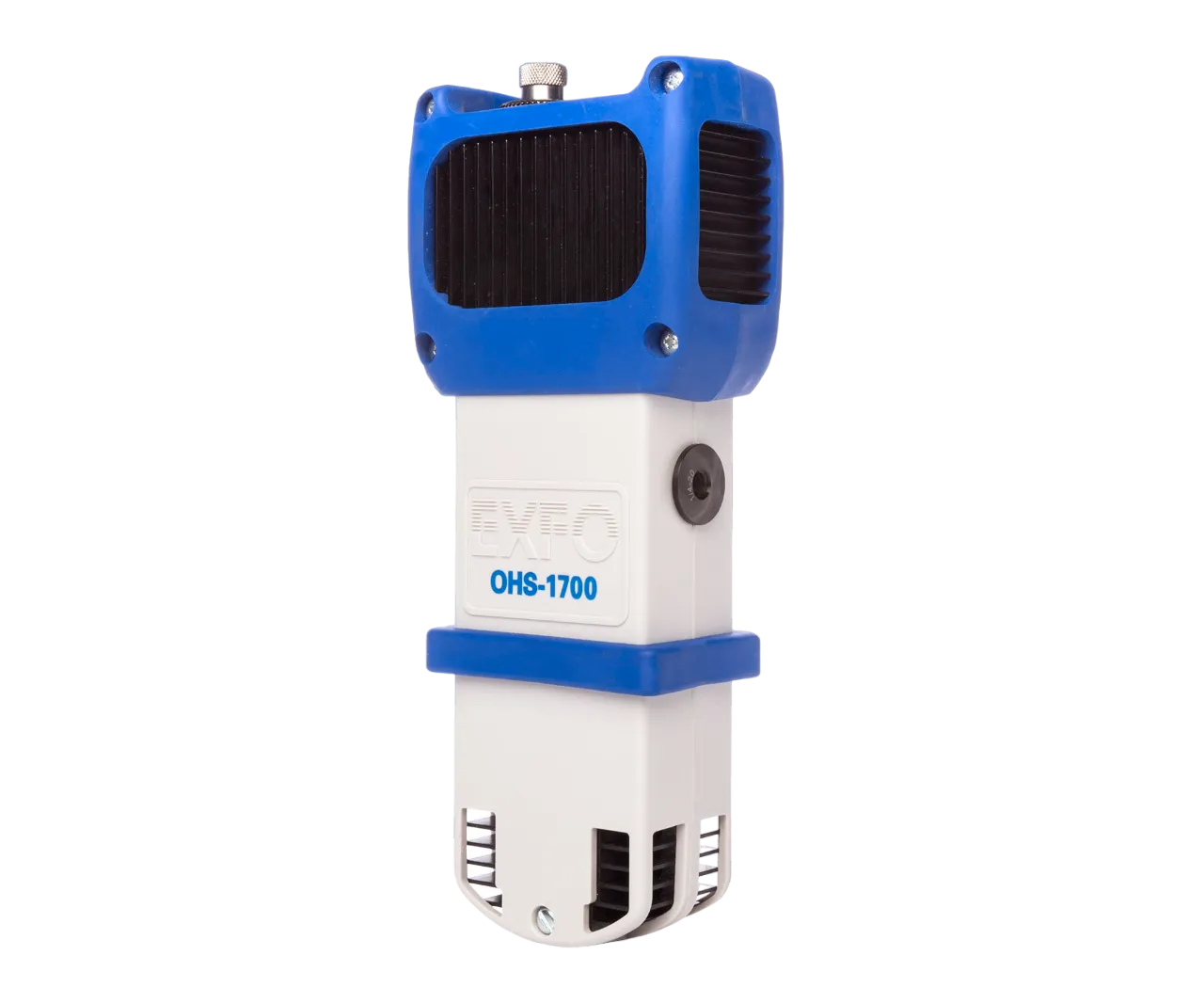 Optical Head
Optical Head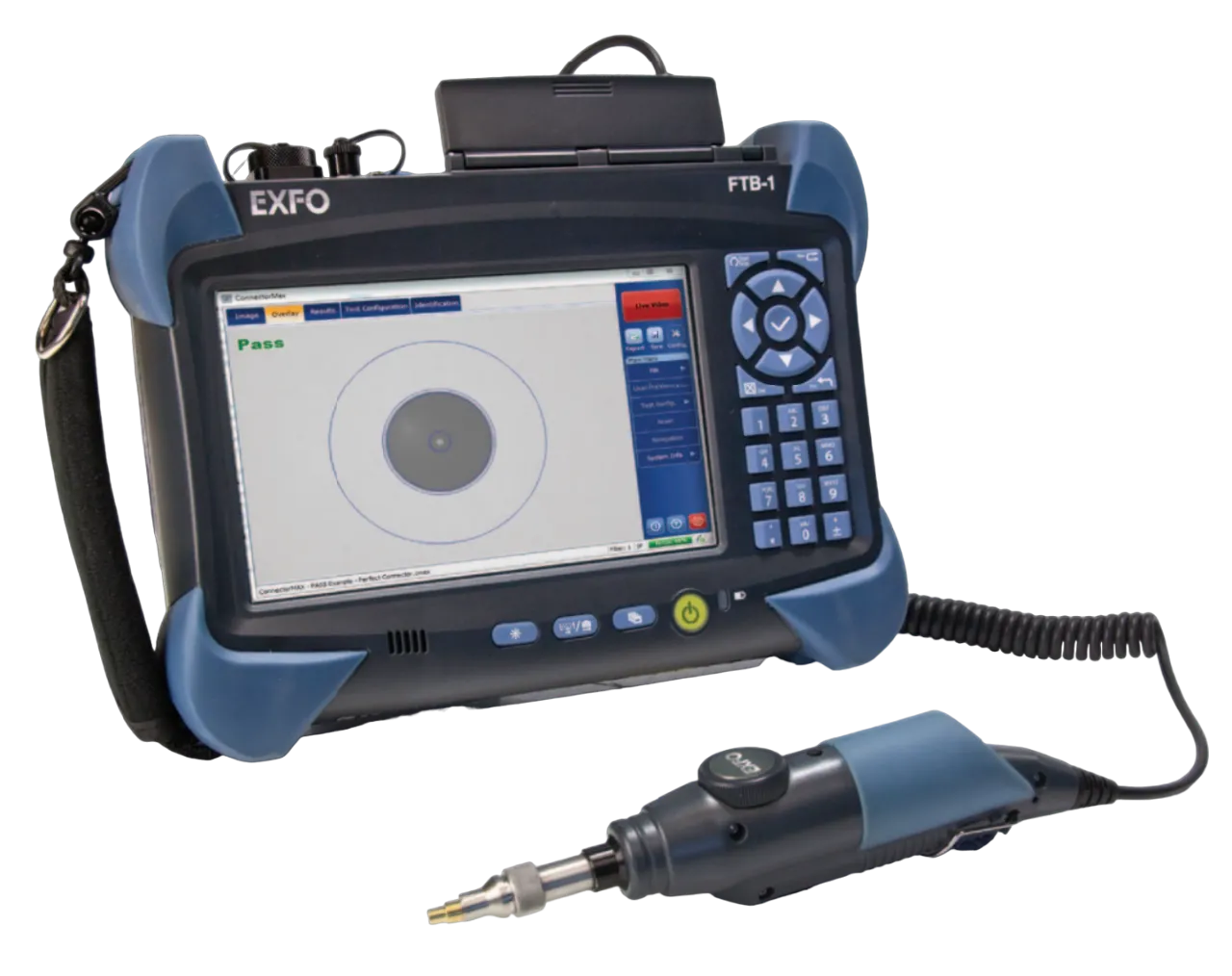 OTDR (Optical Time-Domain Reflectometer)
OTDR (Optical Time-Domain Reflectometer)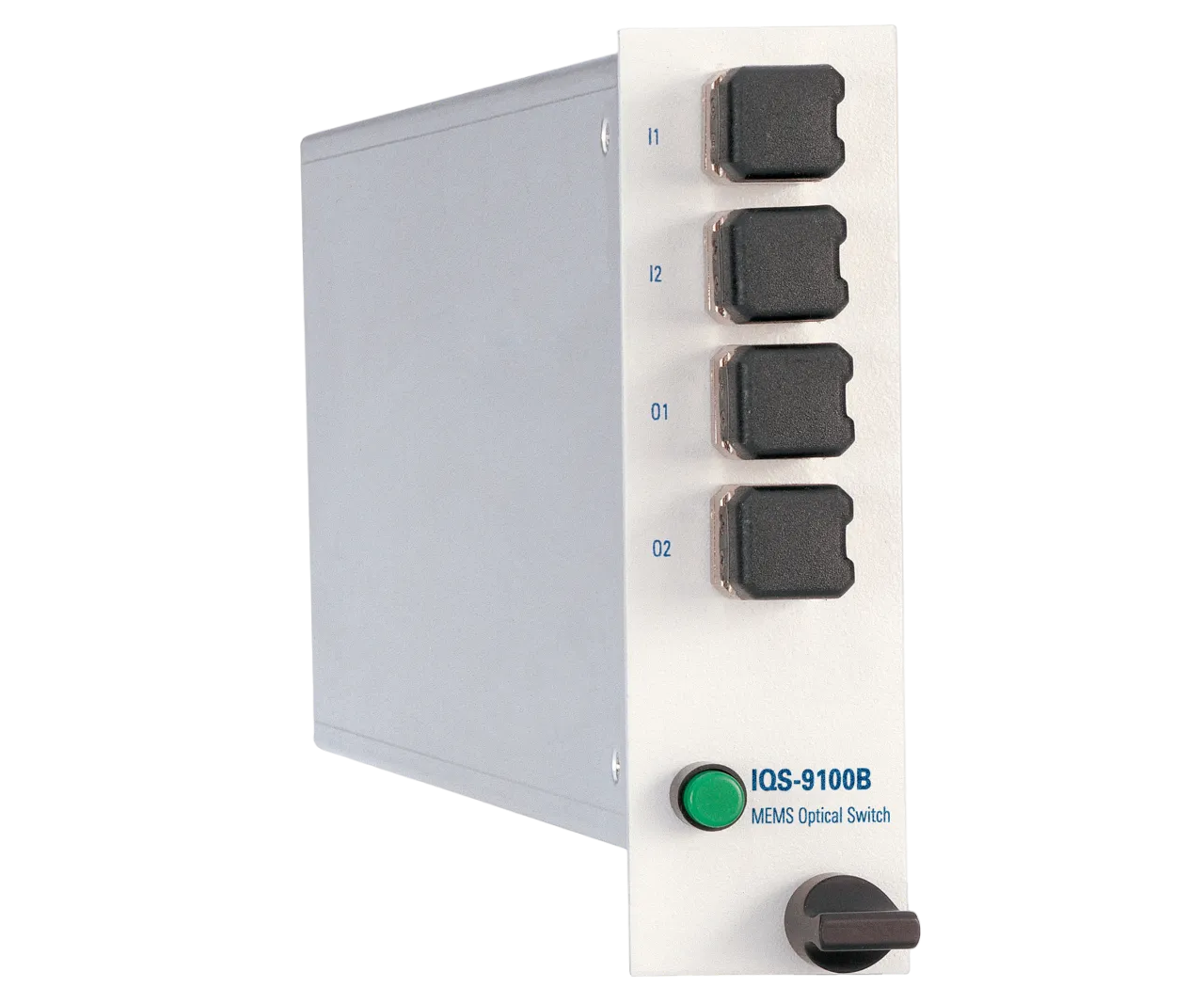 Other Optical Instruments
Other Optical Instruments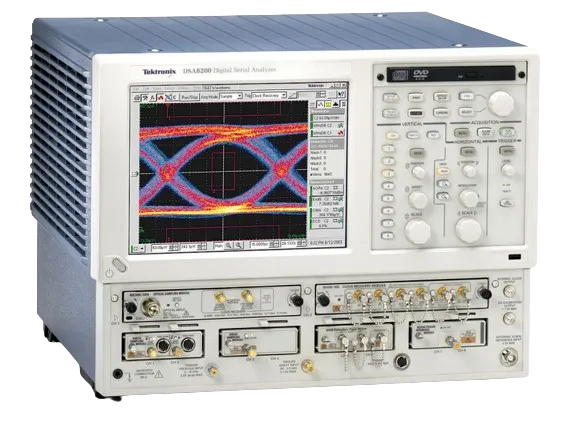 Oscilloscopes
Oscilloscopes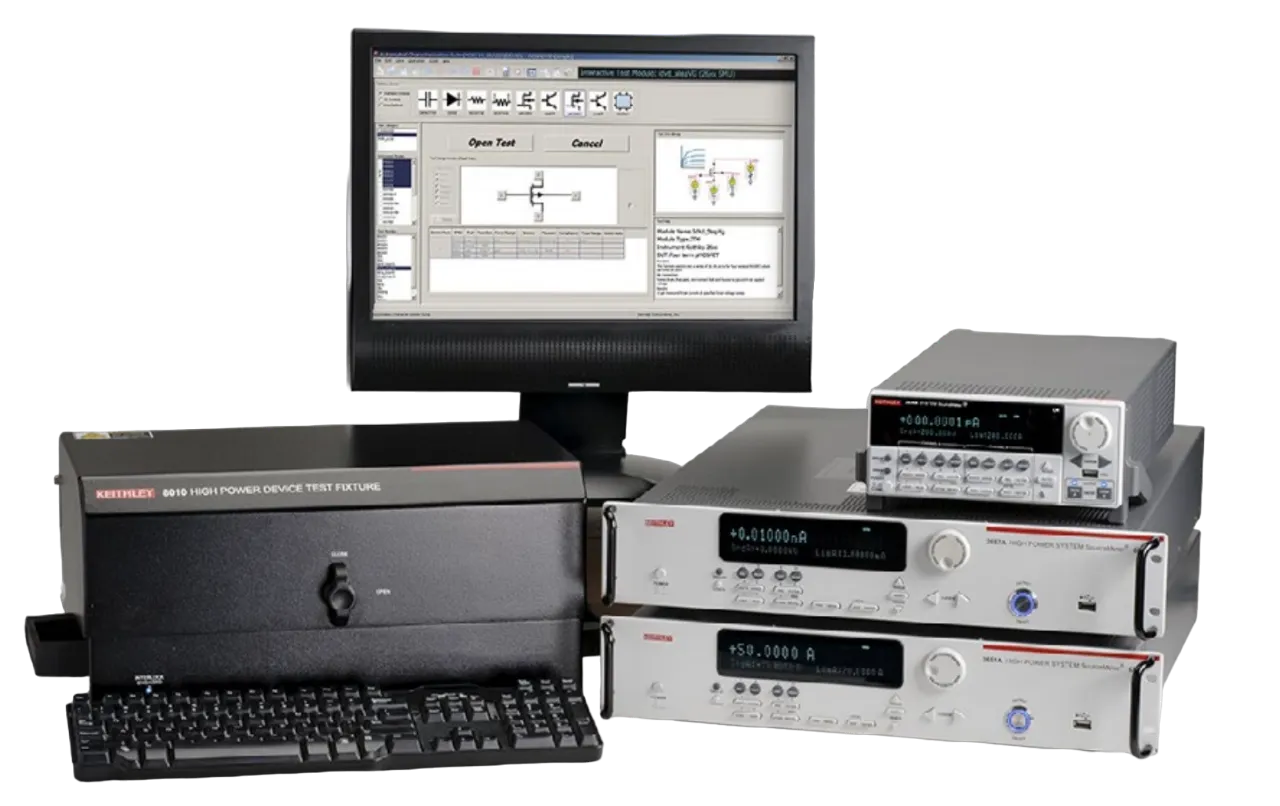 Curve Tracer
Curve Tracer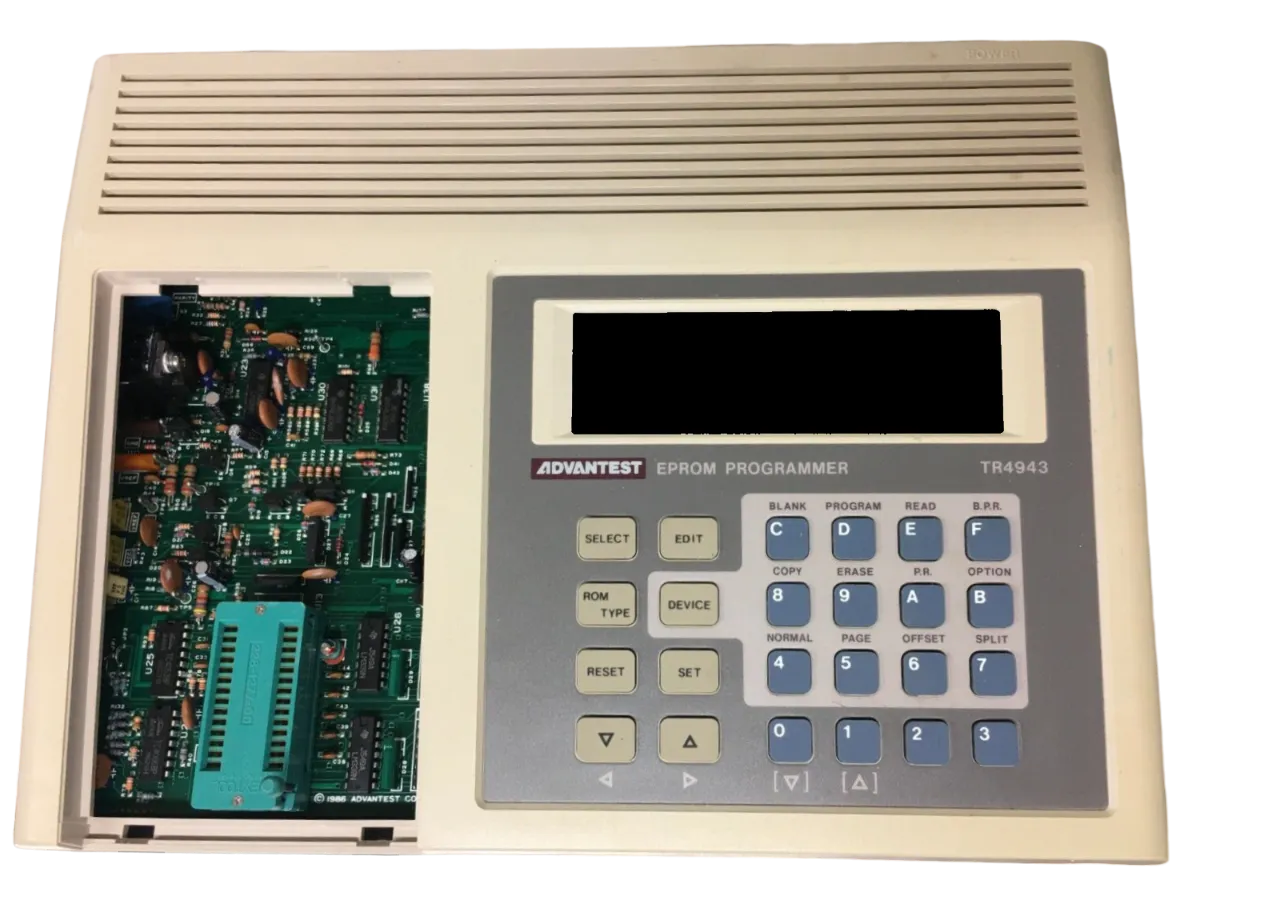 EPROM Programer
EPROM Programer Recorder
Recorder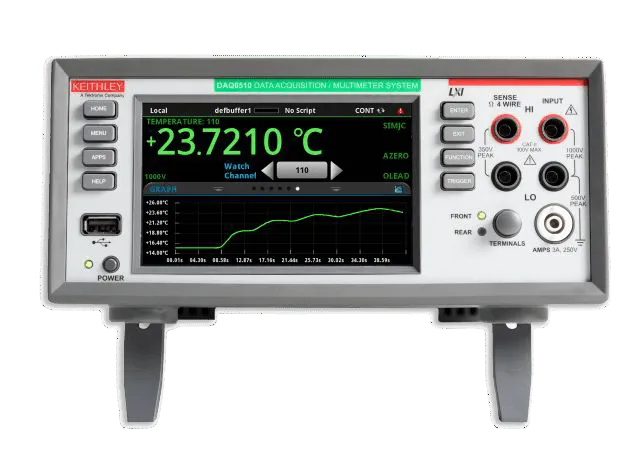 Data Acquisition System
Data Acquisition System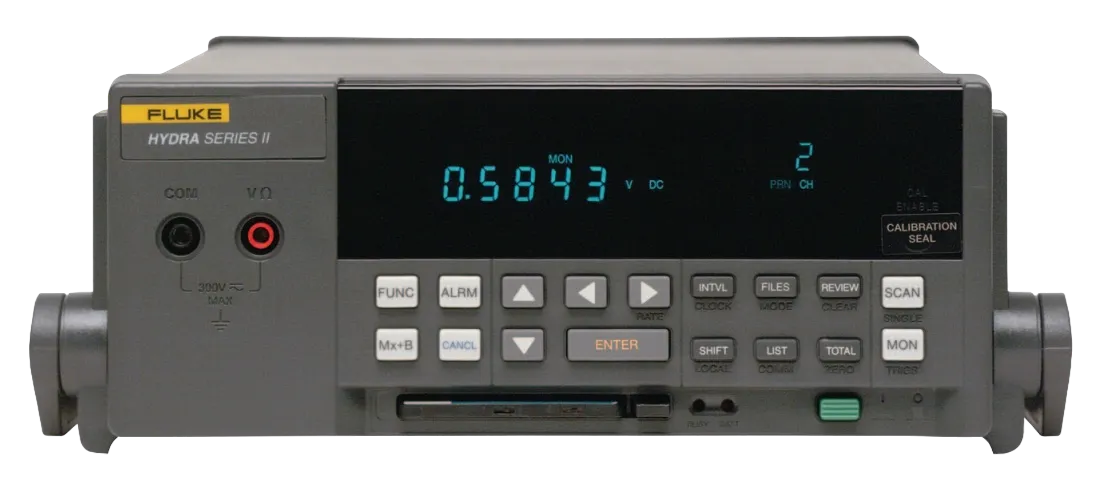 Data Logger
Data Logger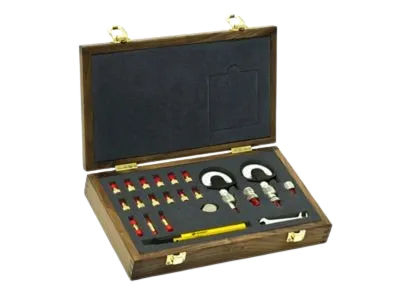 Calibration Kit
Calibration Kit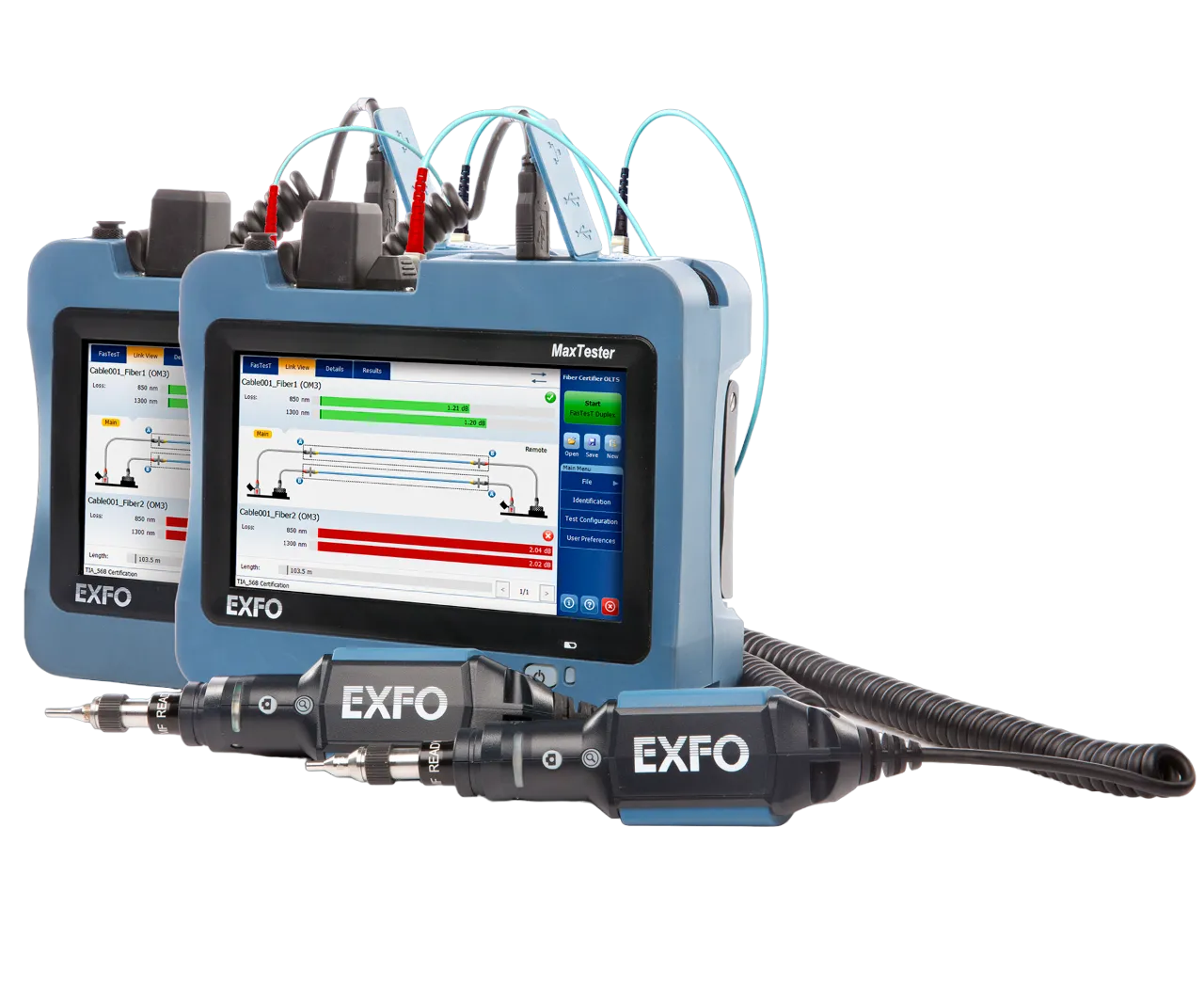 Test Set
Test Set Test Chamber / Ovens
Test Chamber / Ovens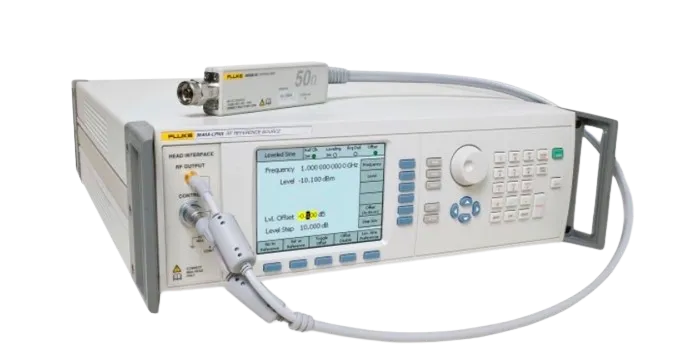 Calibrator
Calibrator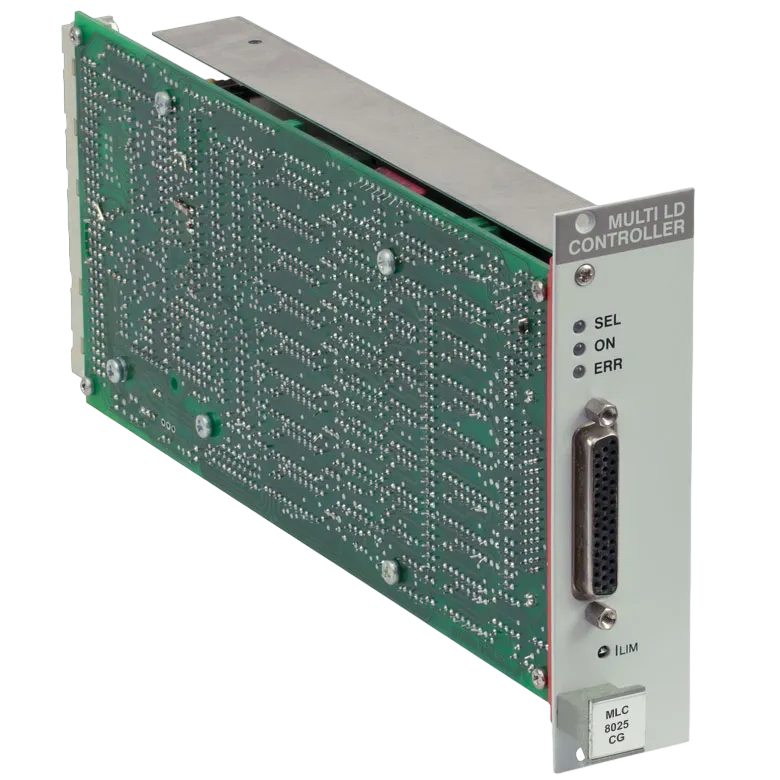 Controller
Controller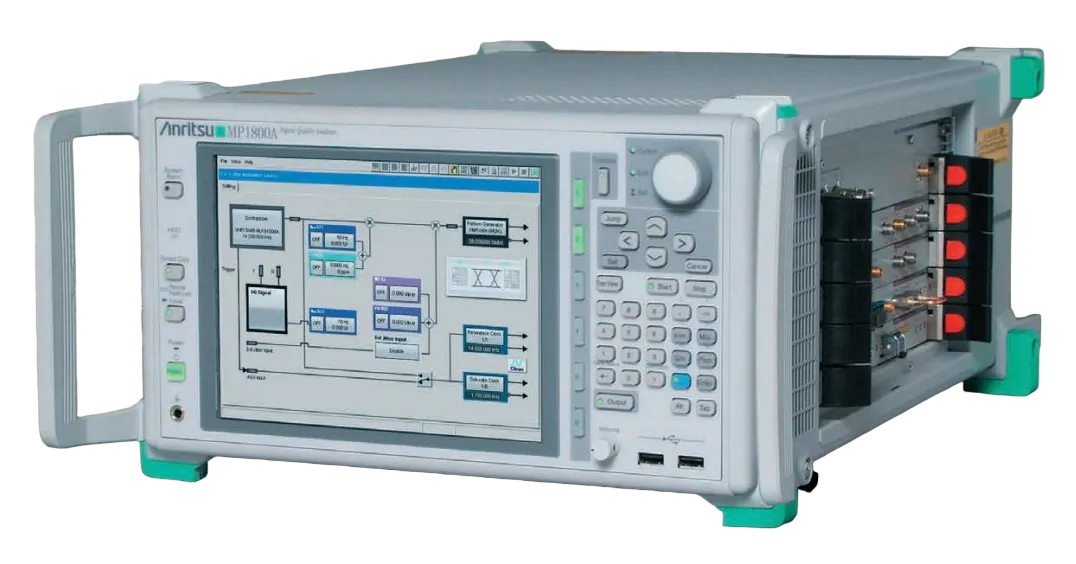 Mainframe
Mainframe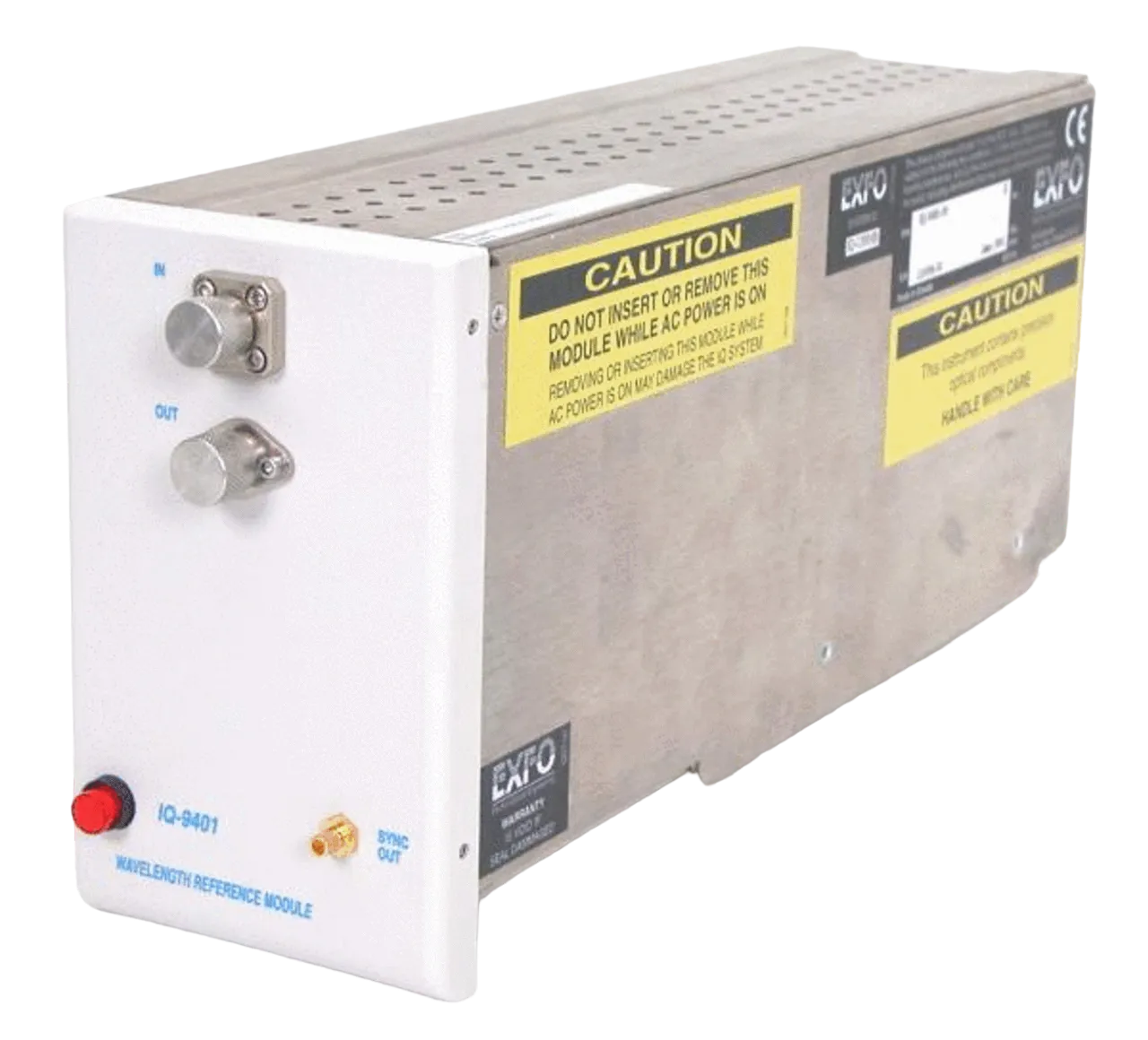 Module
Module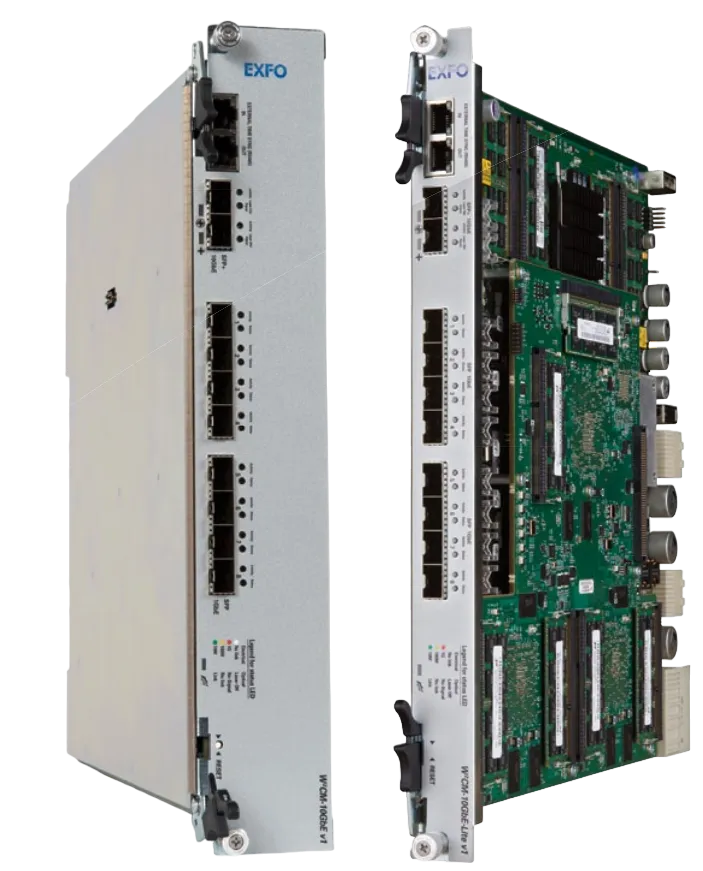 Interfaces(GPIB, Power)
Interfaces(GPIB, Power)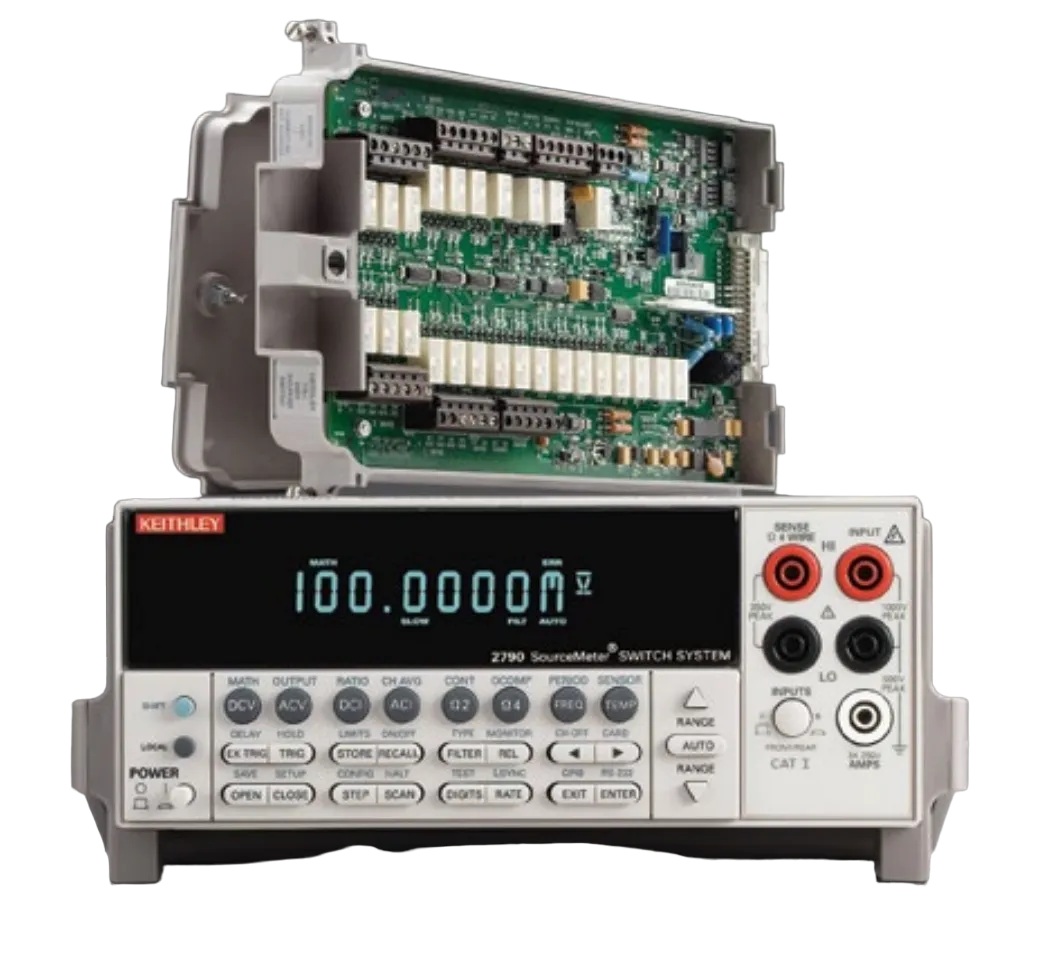 Switch
Switch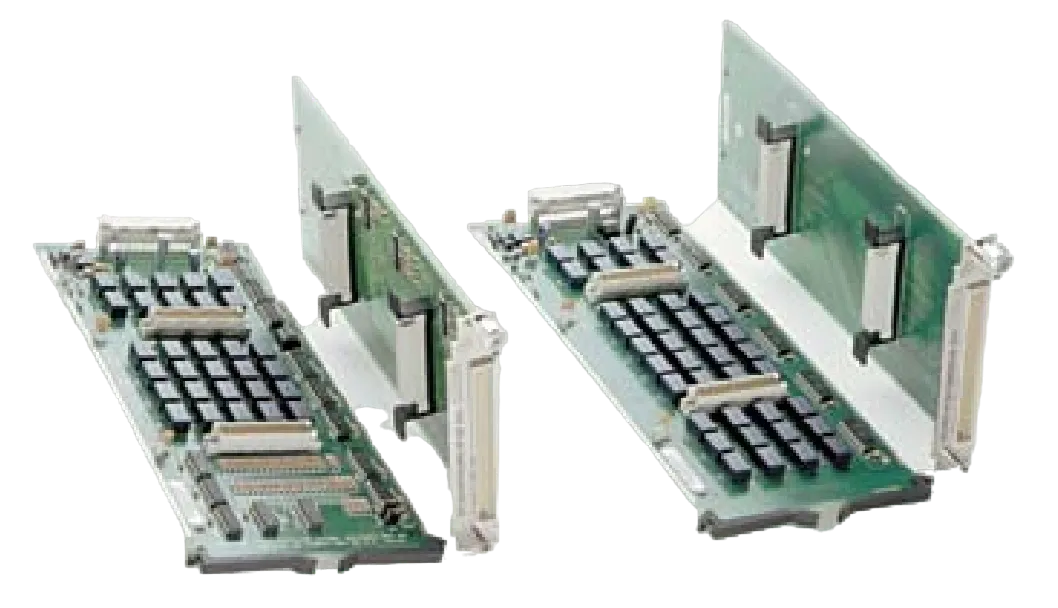 Matrix Cards
Matrix Cards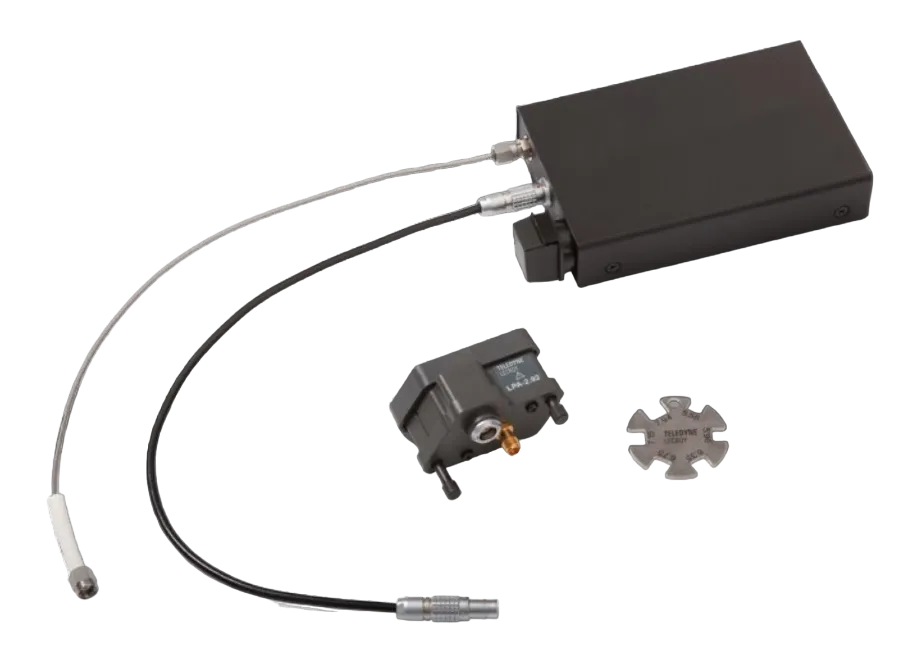 Converter
Converter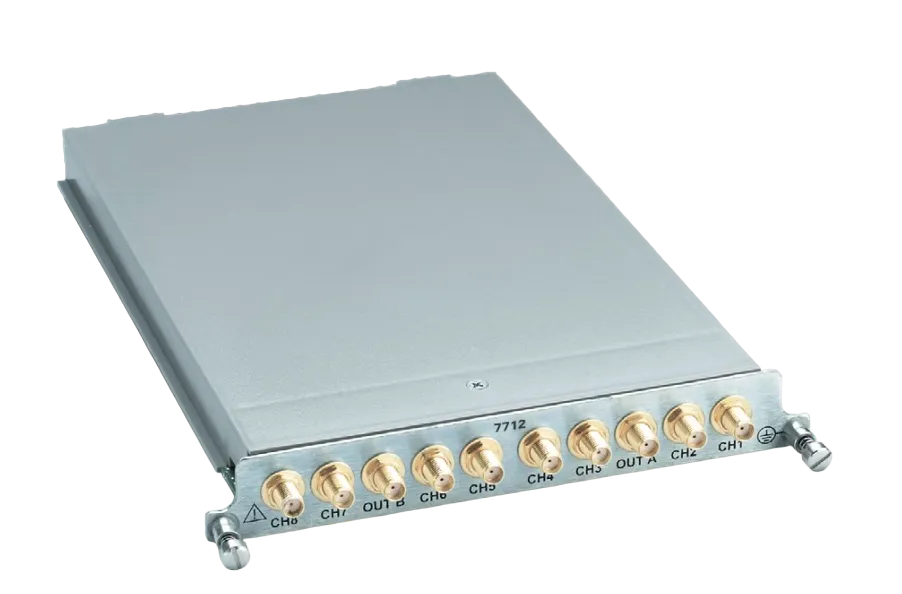 Multiplexer
Multiplexer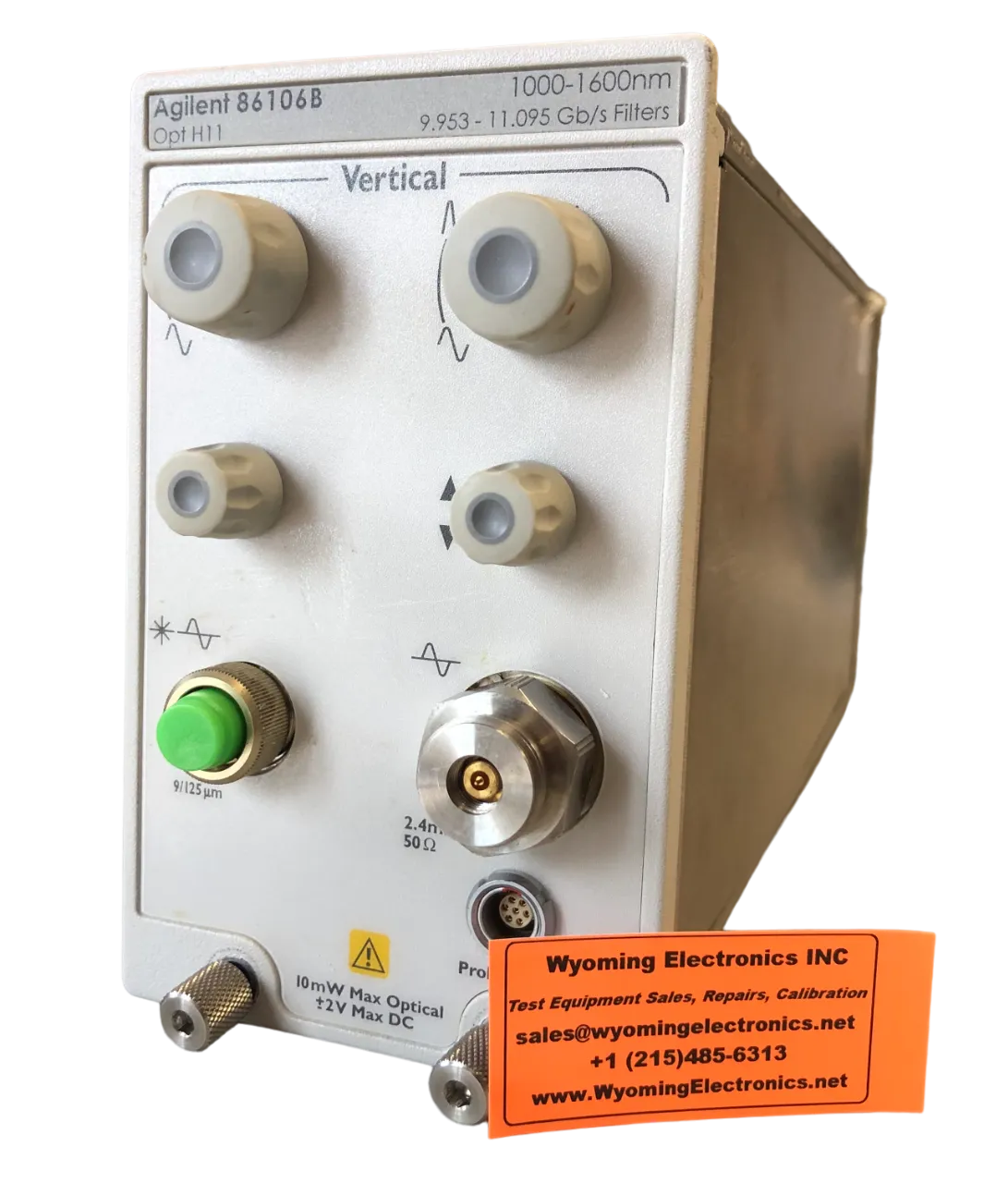 Plug-in
Plug-in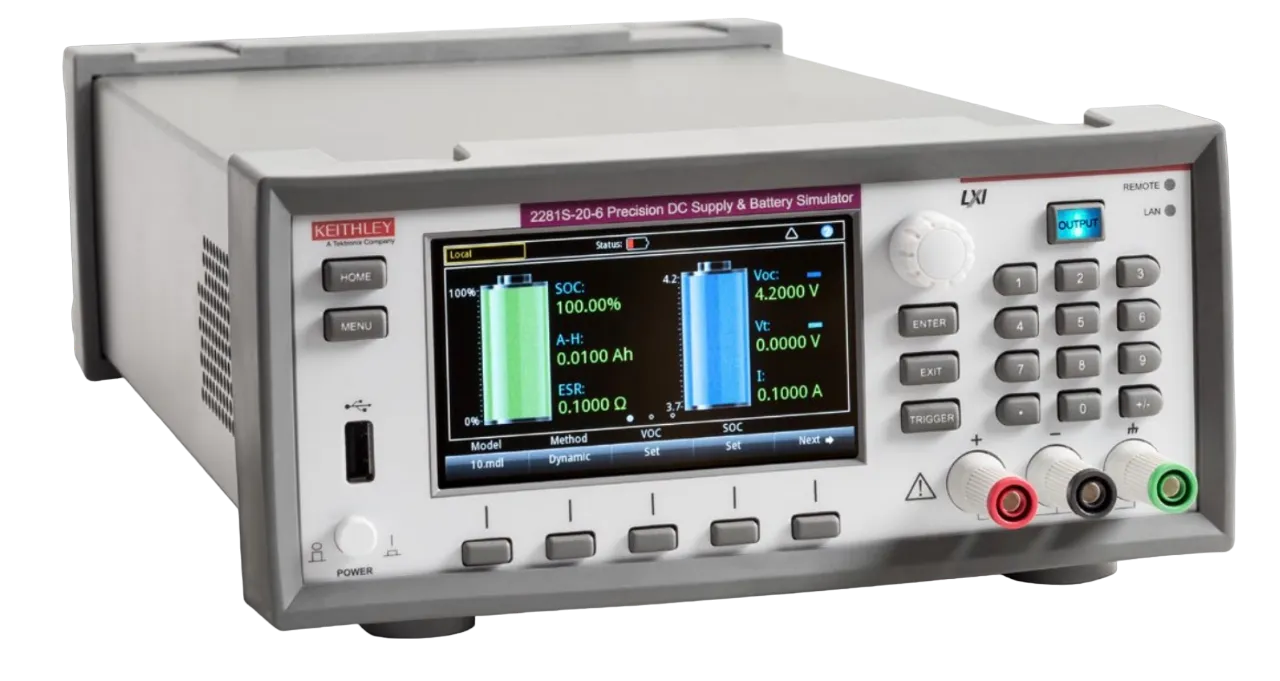 Simulator
Simulator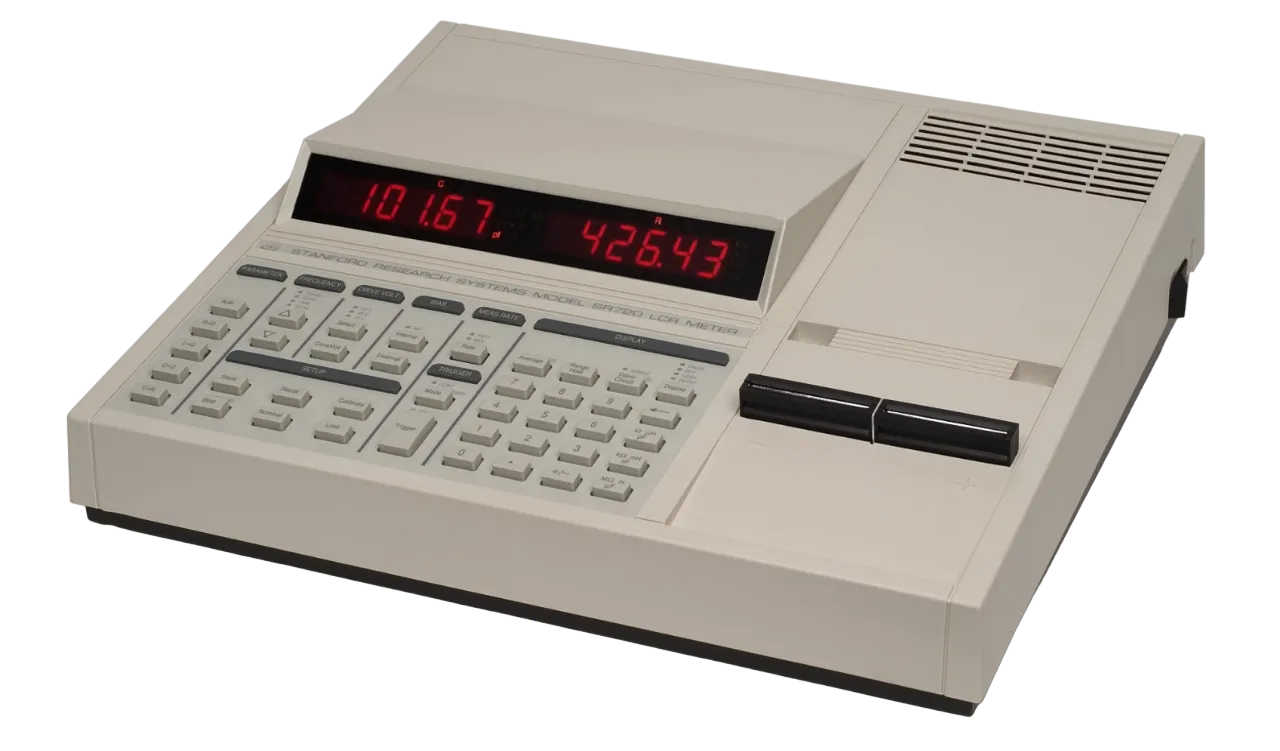 LCR Meters
LCR Meters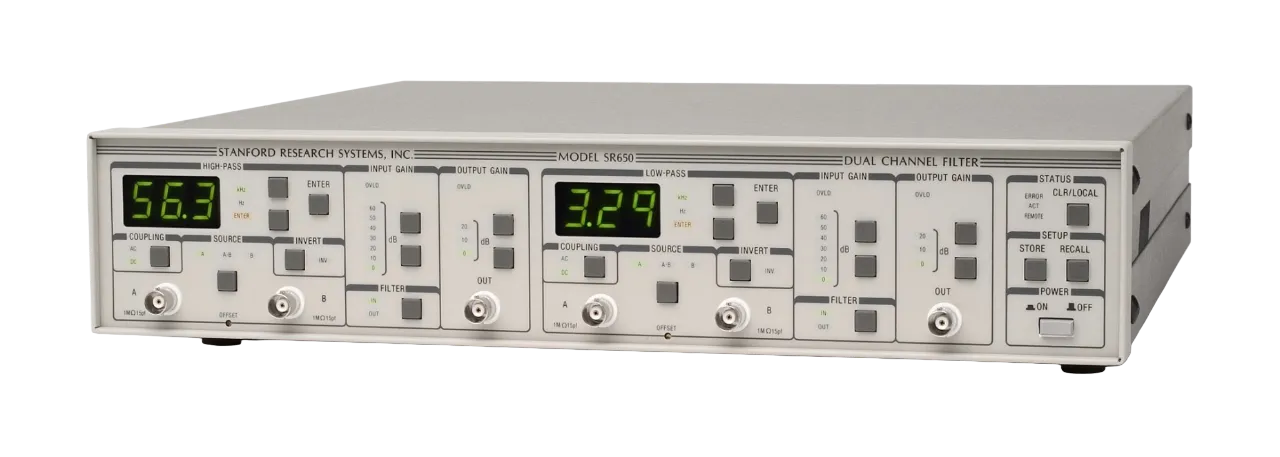 Filters
Filters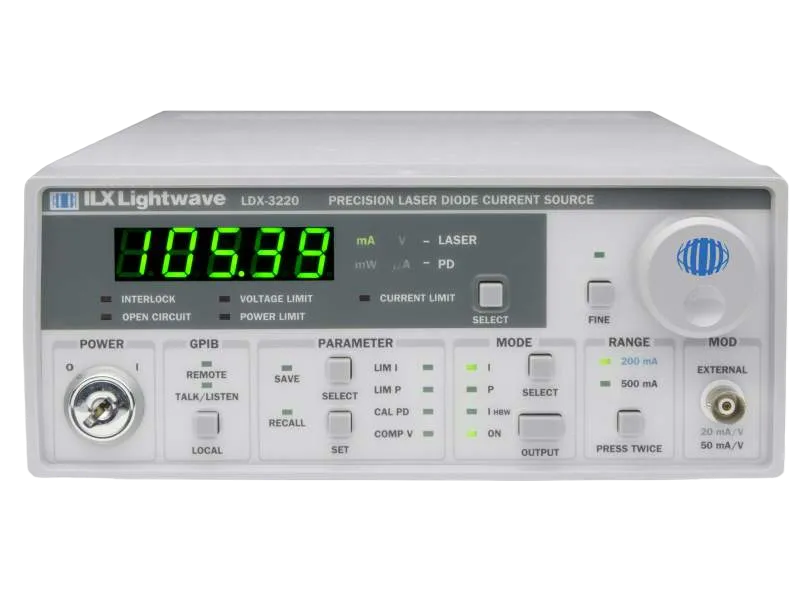 Laser Drivers
Laser Drivers Error Detectors
Error Detectors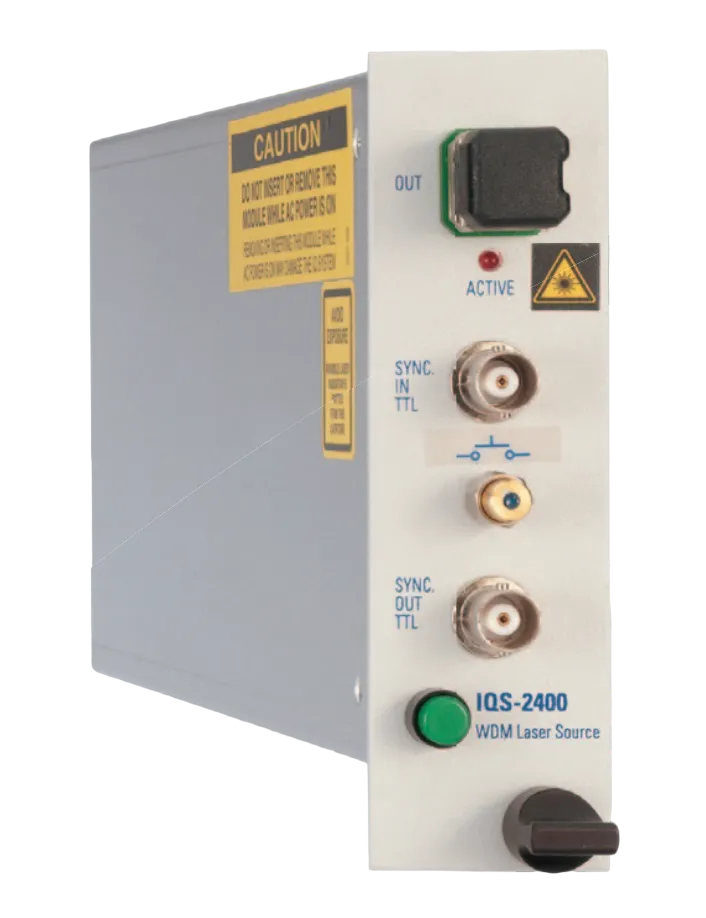 Laser Source
Laser Source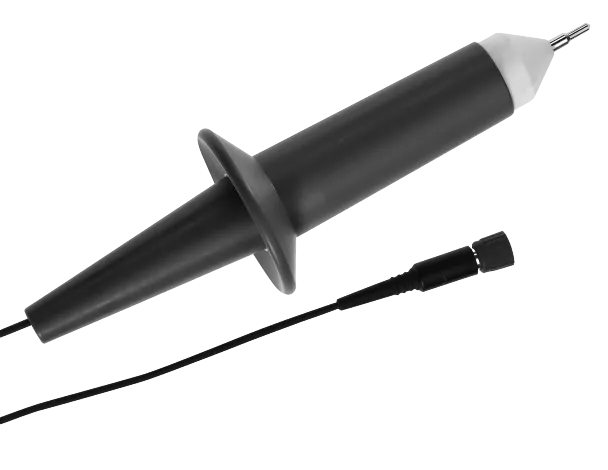 Probe
Probe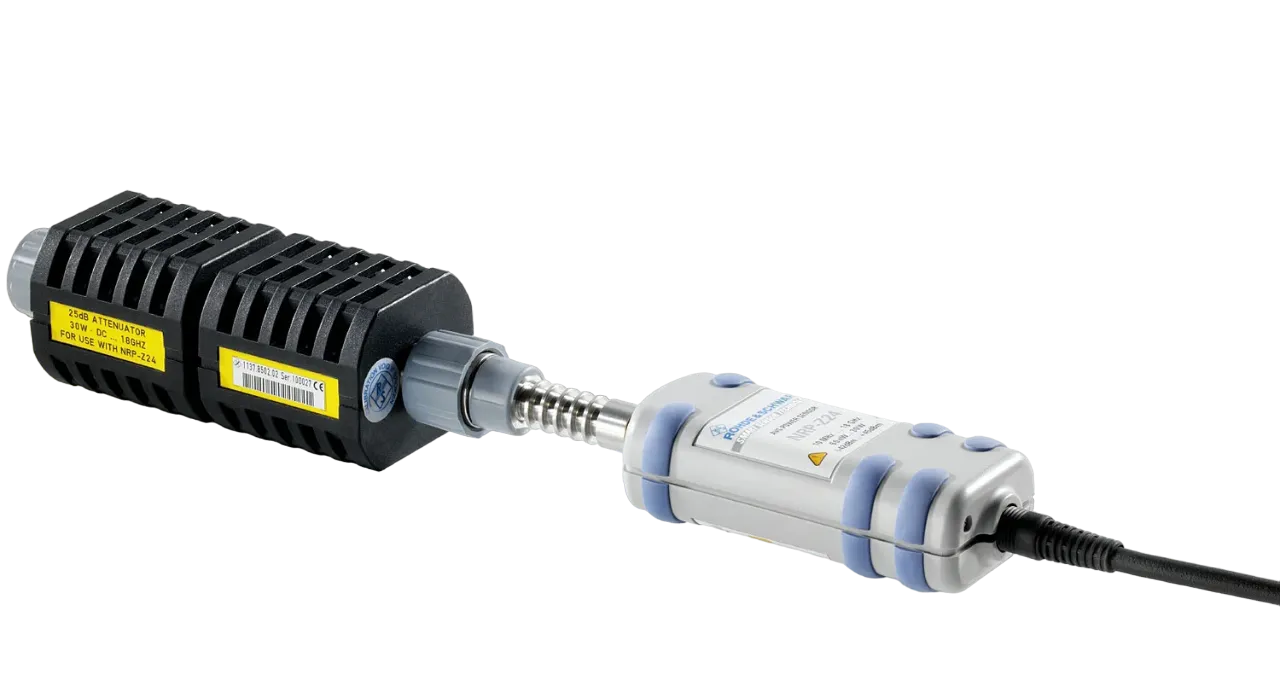 Power Sensor
Power Sensor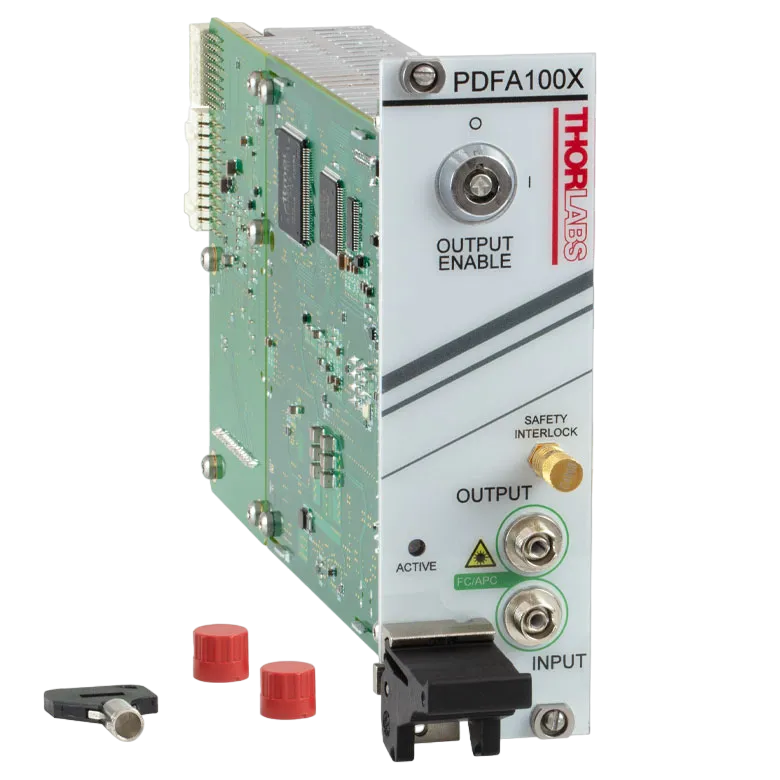 Amplifier
Amplifier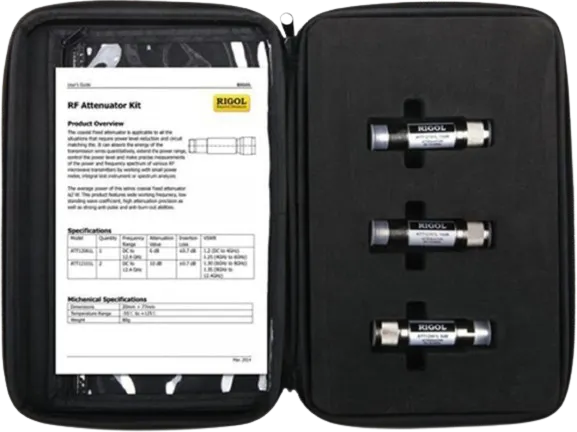 Attenuator
Attenuator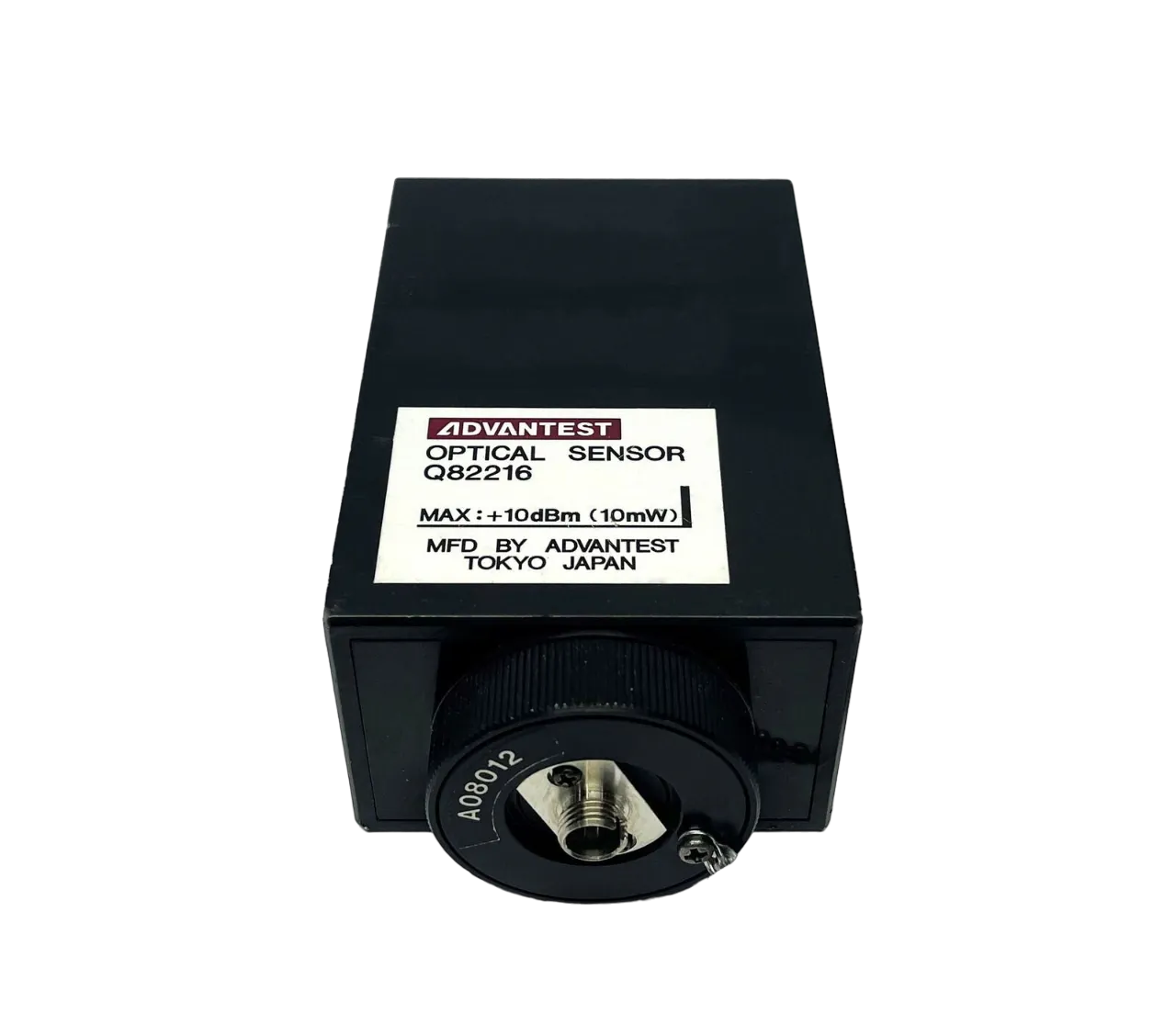 Optical Sensor
Optical Sensor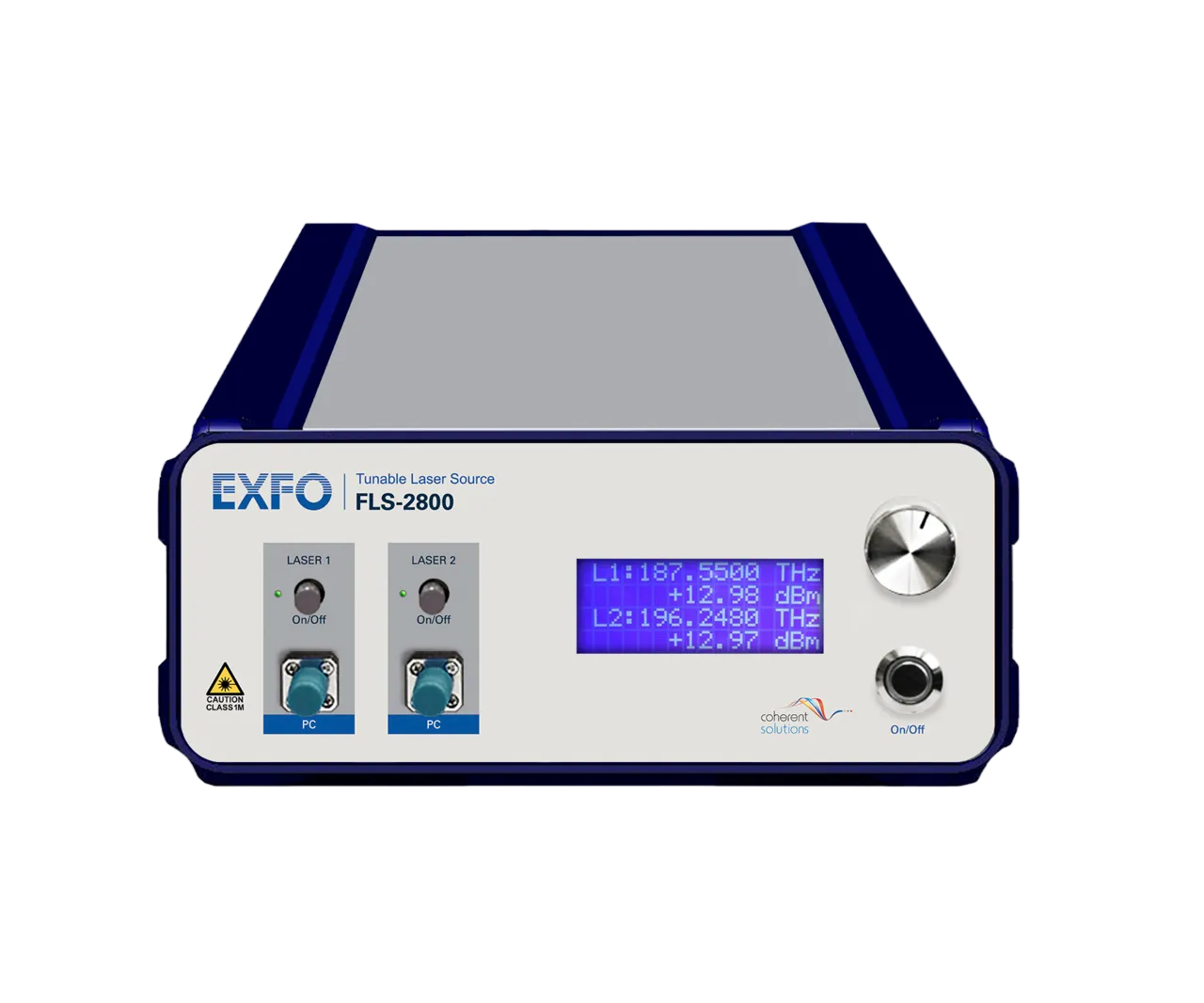 Light/LED Source
Light/LED Source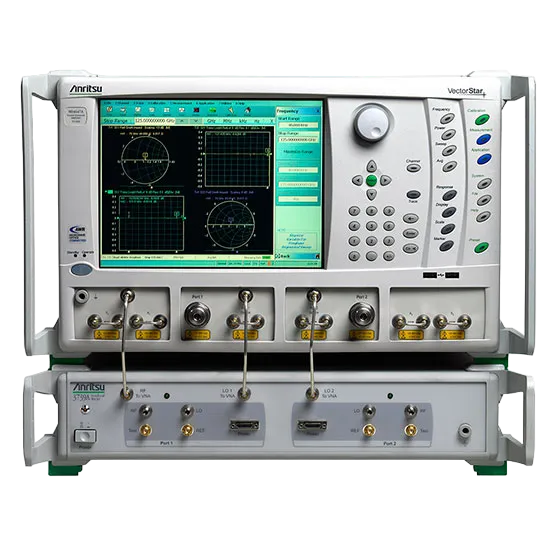 Broadband / Noise Source
Broadband / Noise Source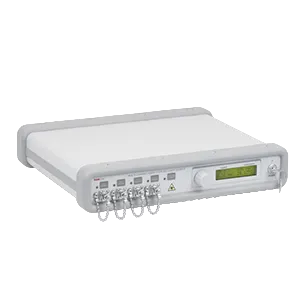 Optical / Fiber Source
Optical / Fiber Source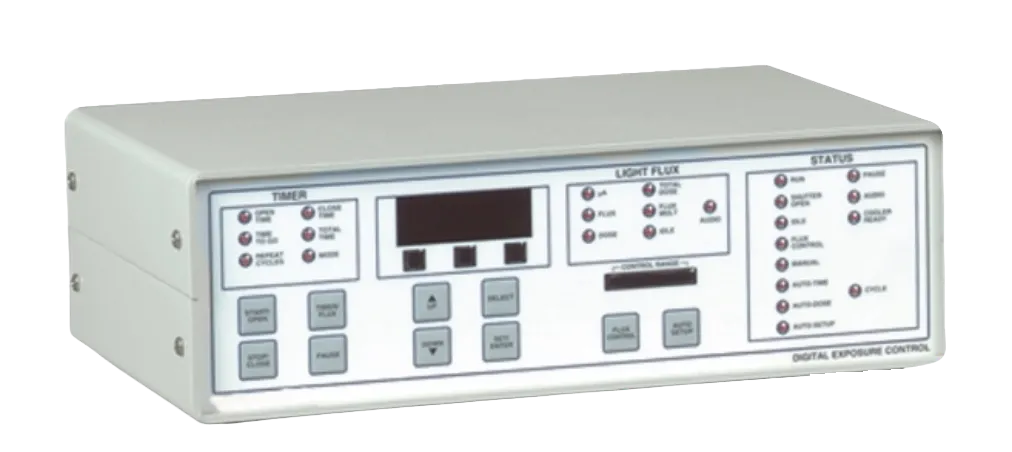 Power Supply
Power Supply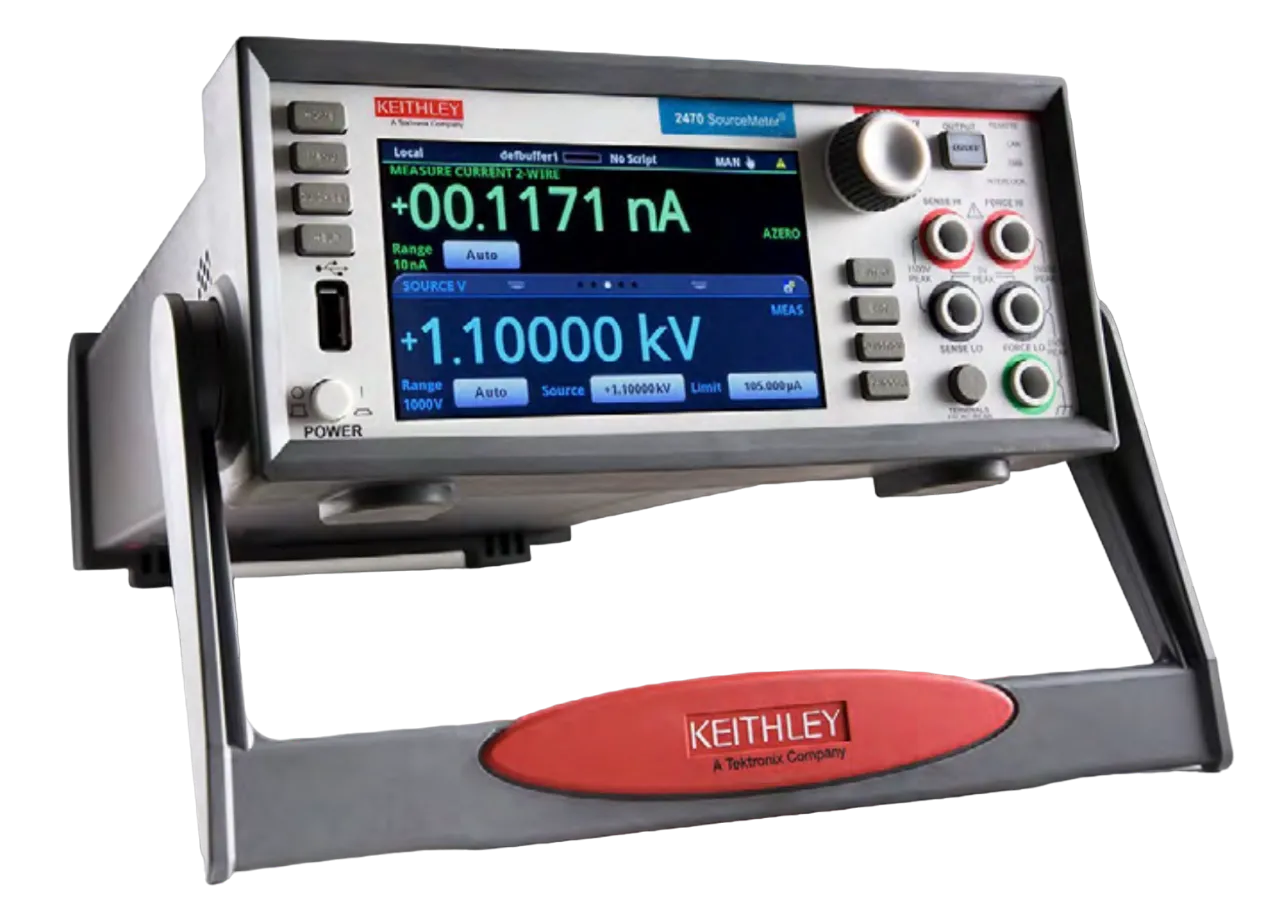 Voltage Source
Voltage Source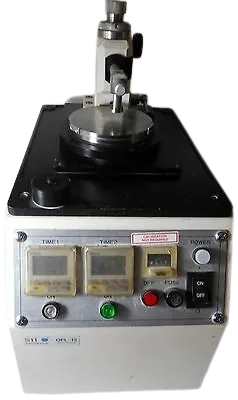 Polisher
Polisher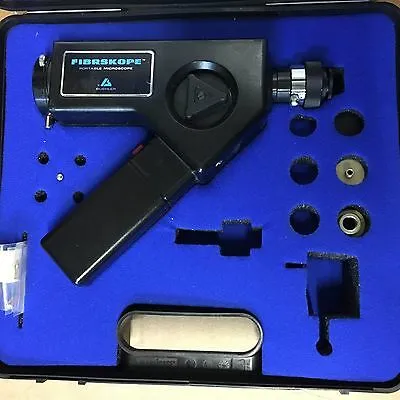 Microscope
Microscope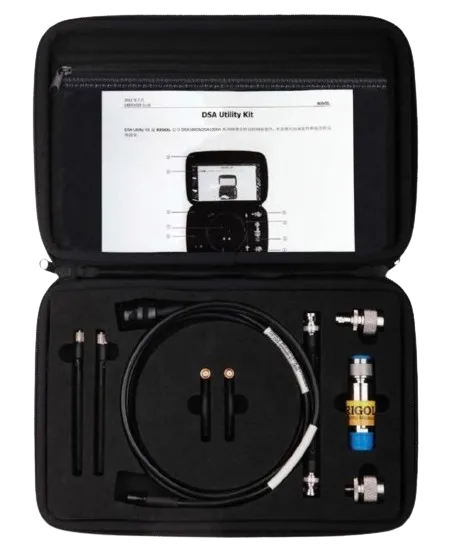 Adapter
Adapter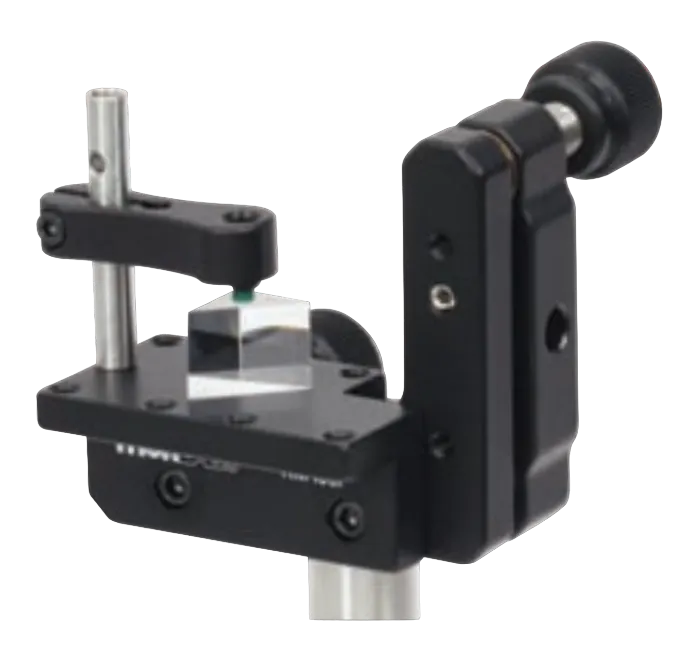 Platforms/Mounts
Platforms/Mounts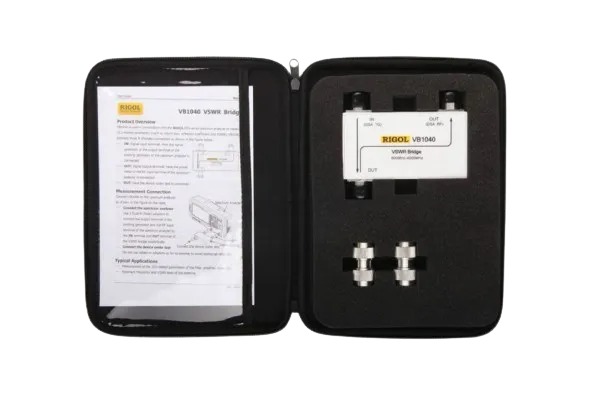 Bridges
Bridges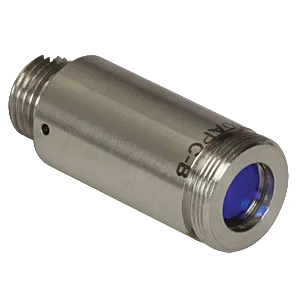 Connectors & Accessories
Connectors & Accessories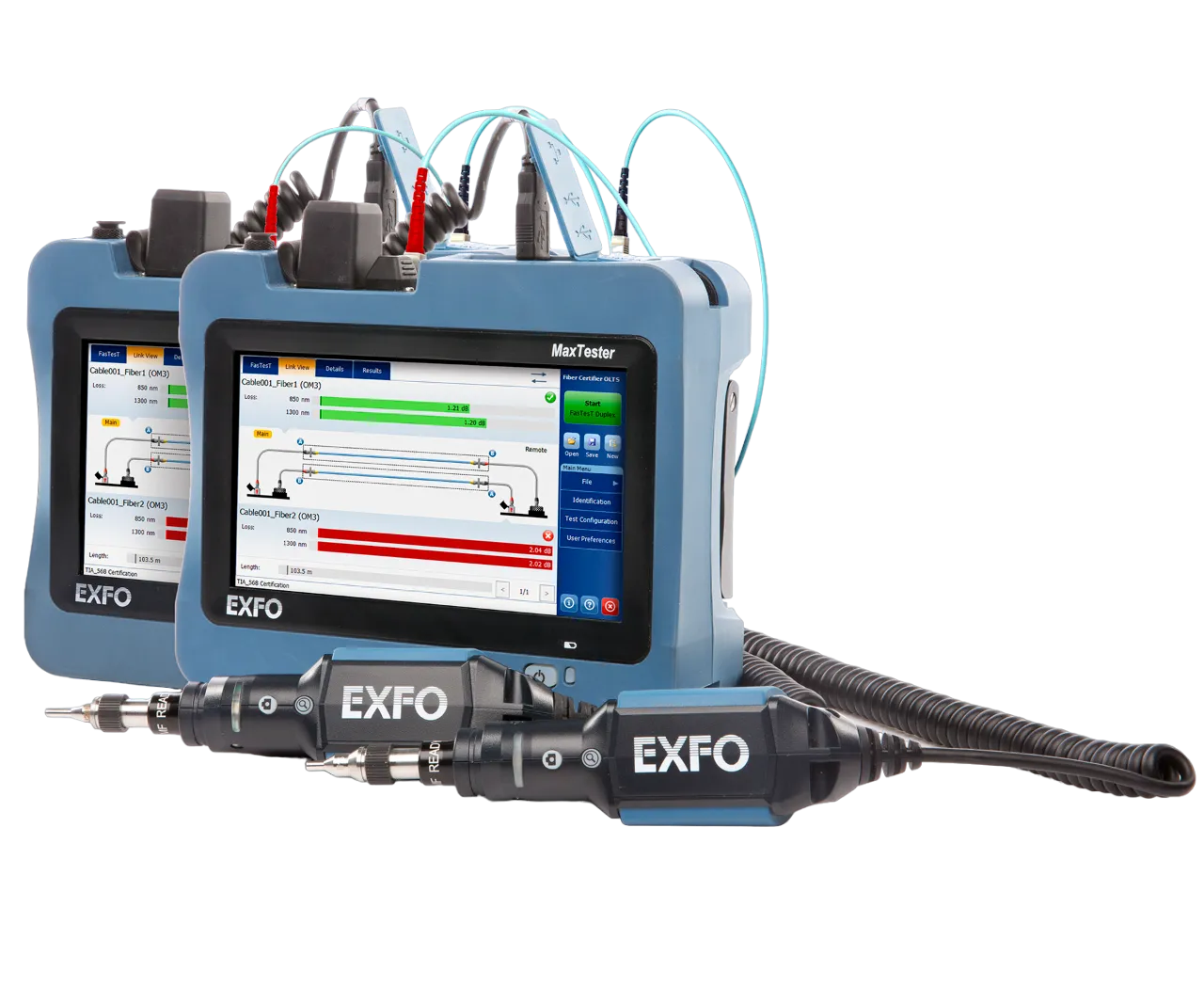 View All Products >
View All Products >